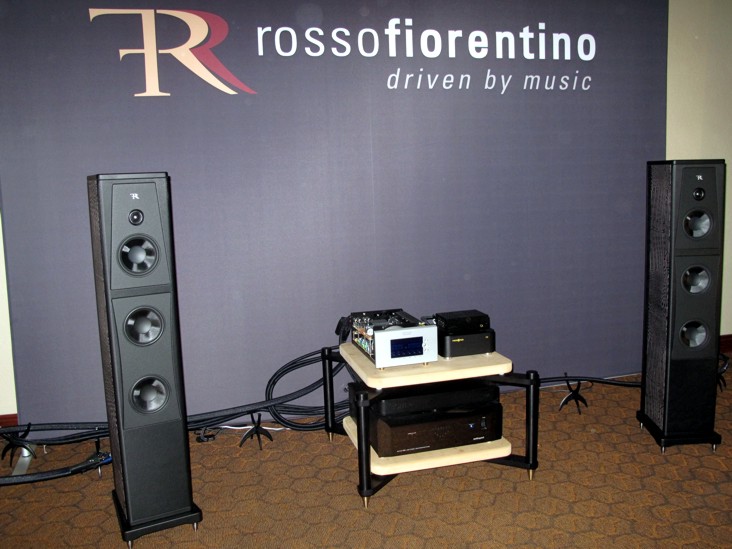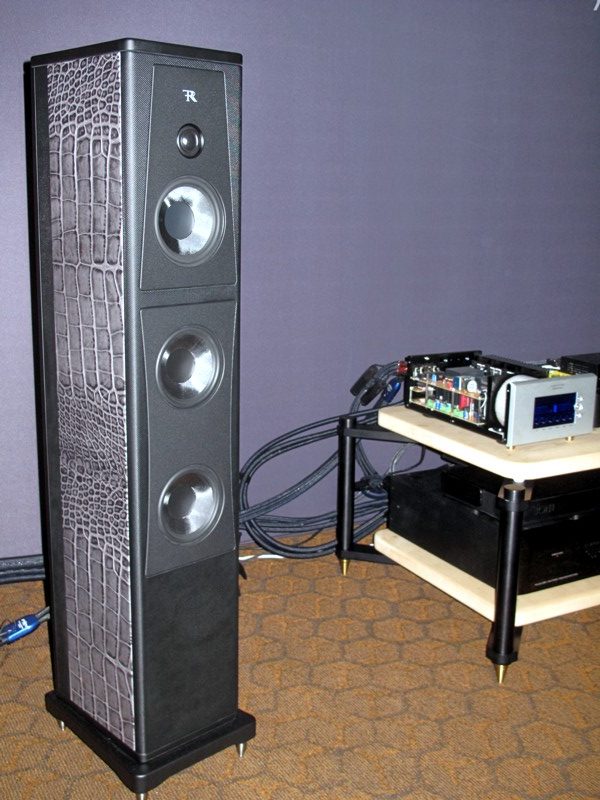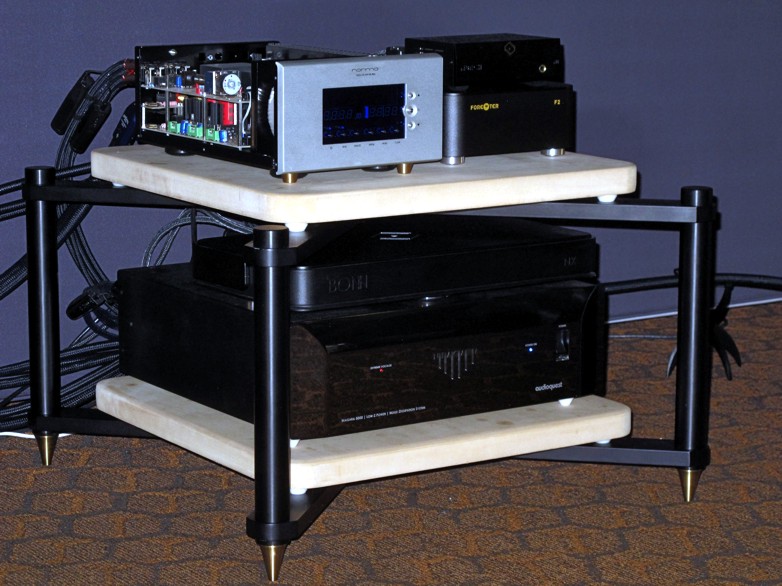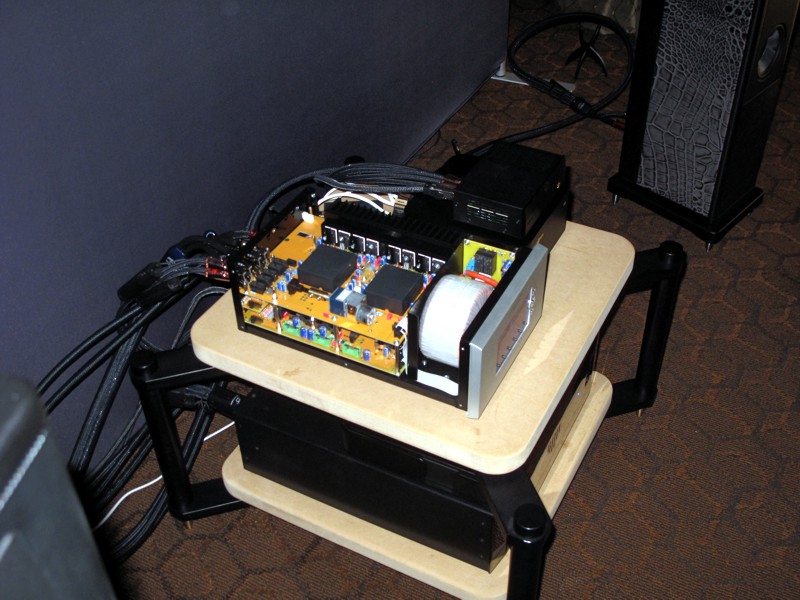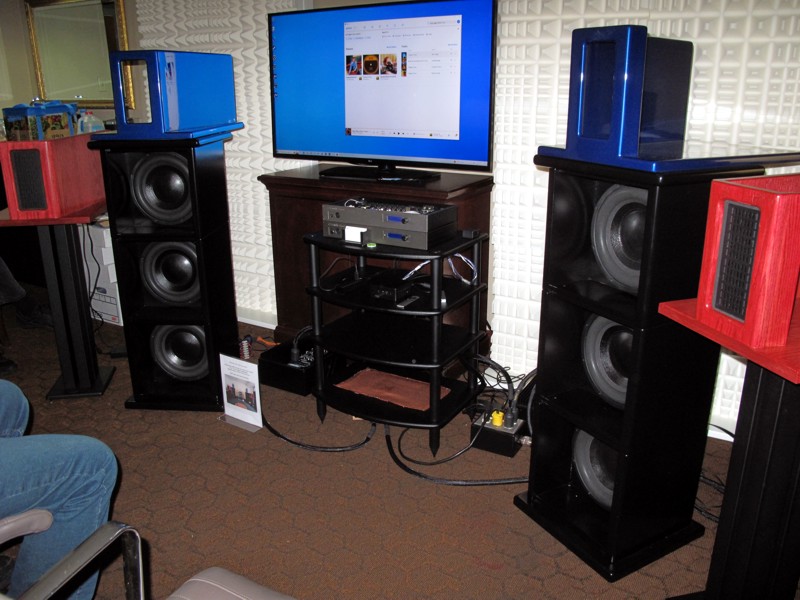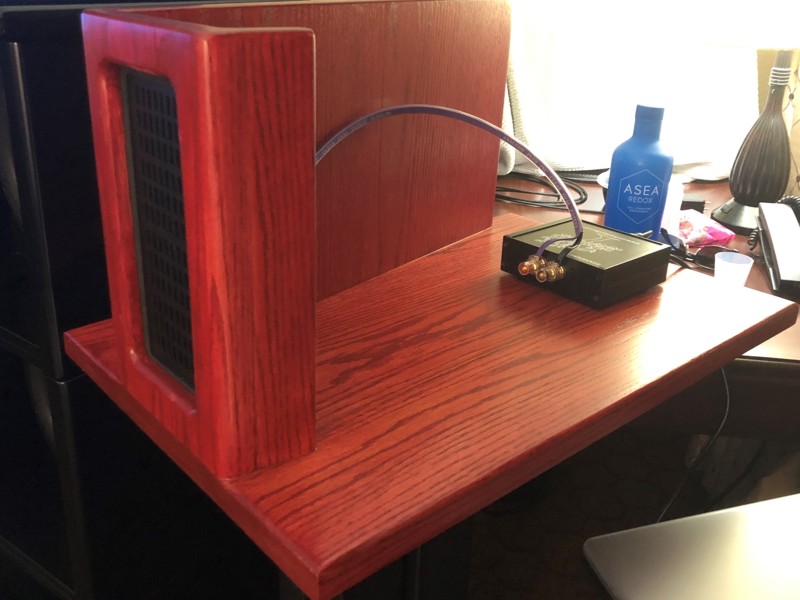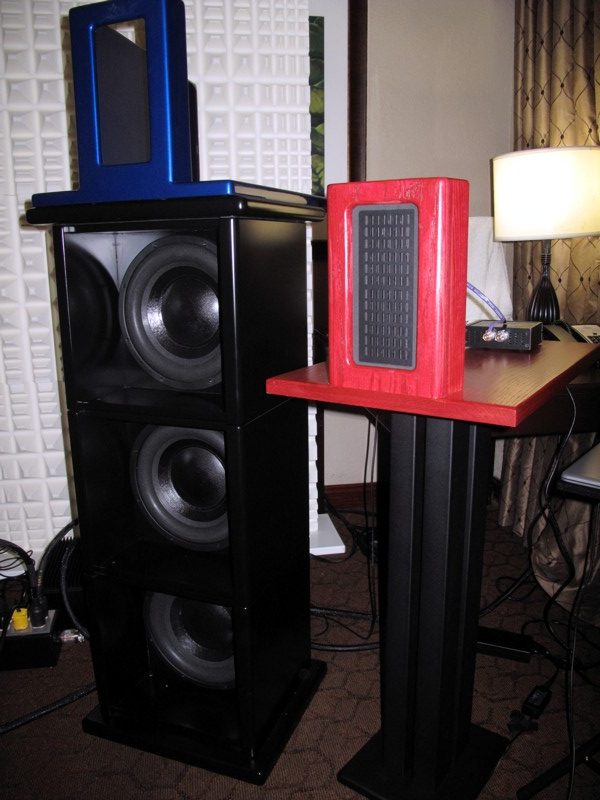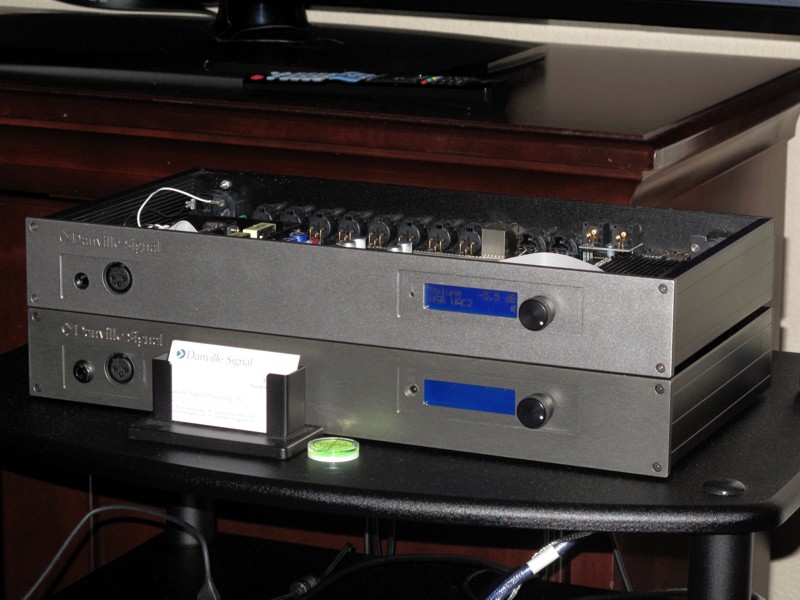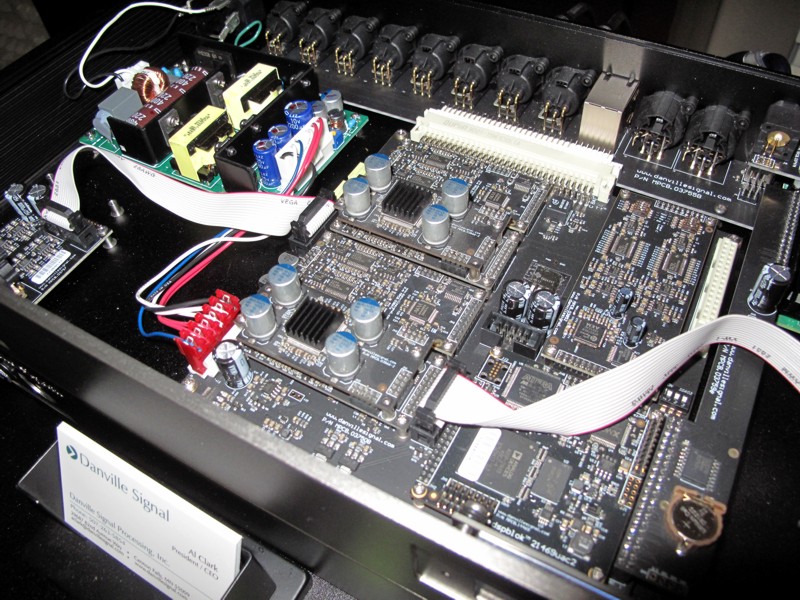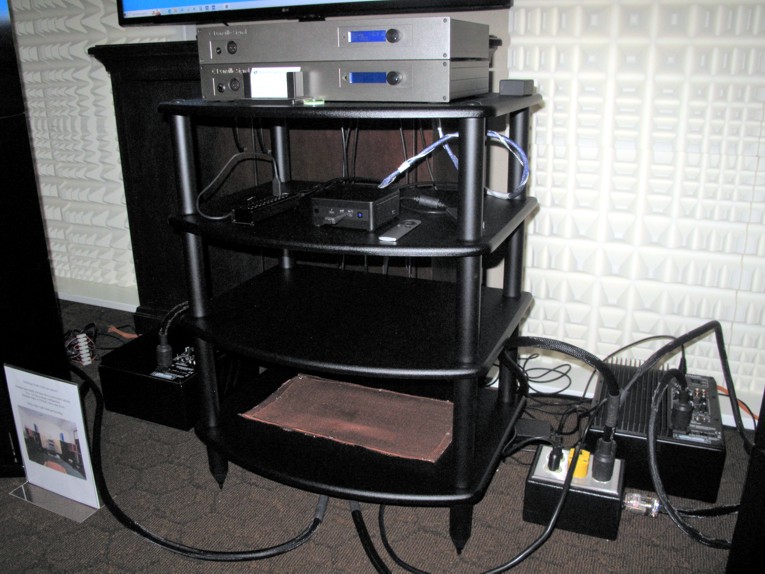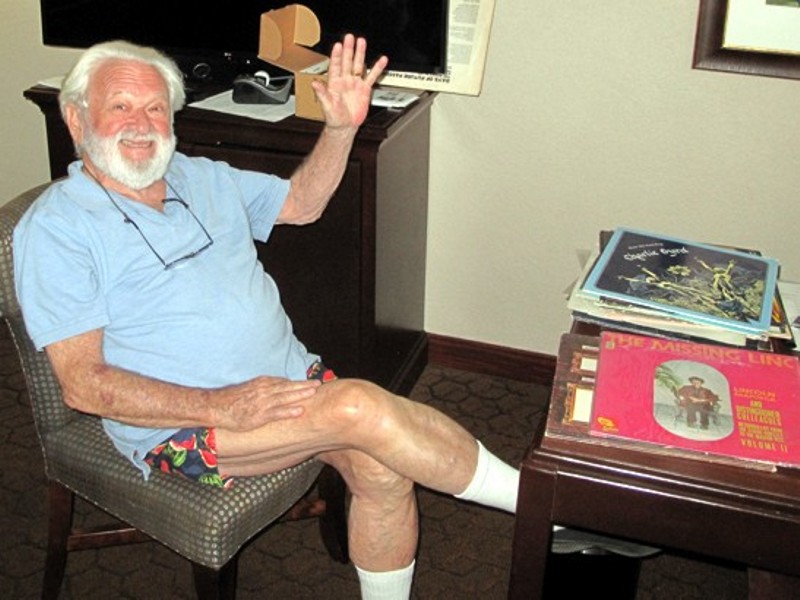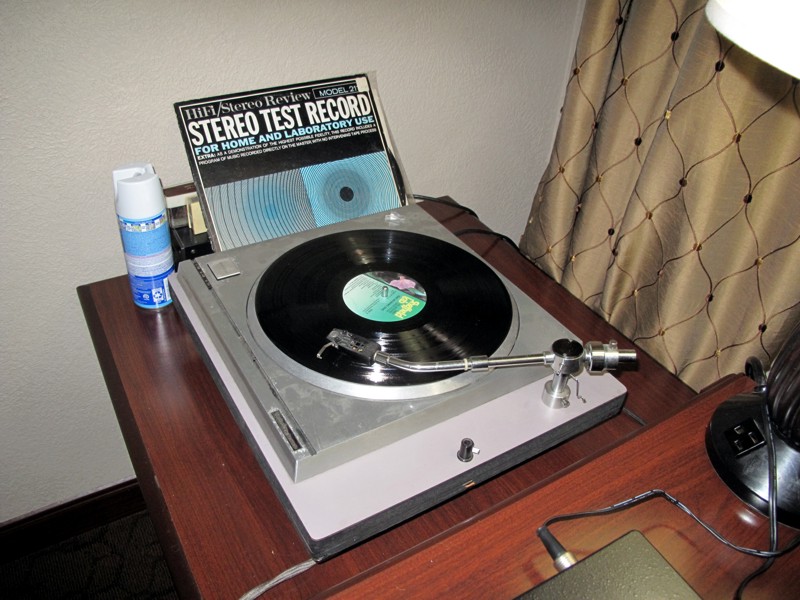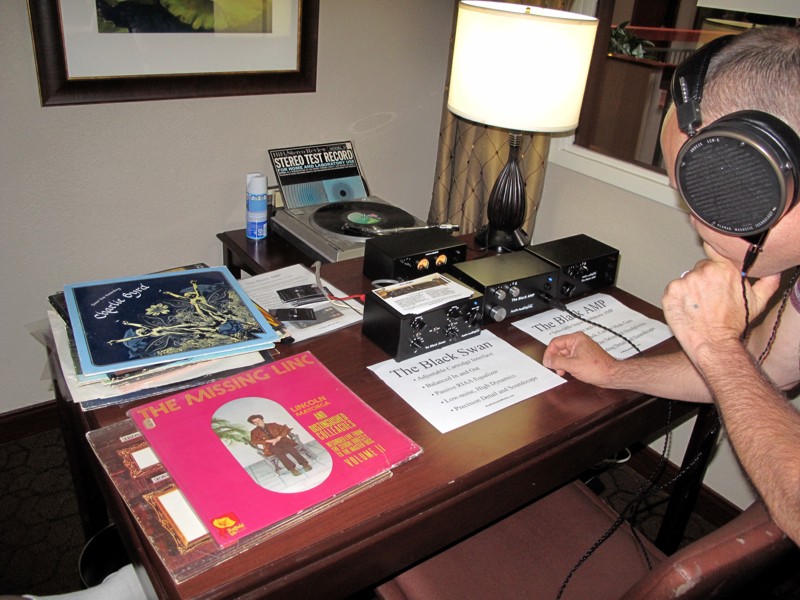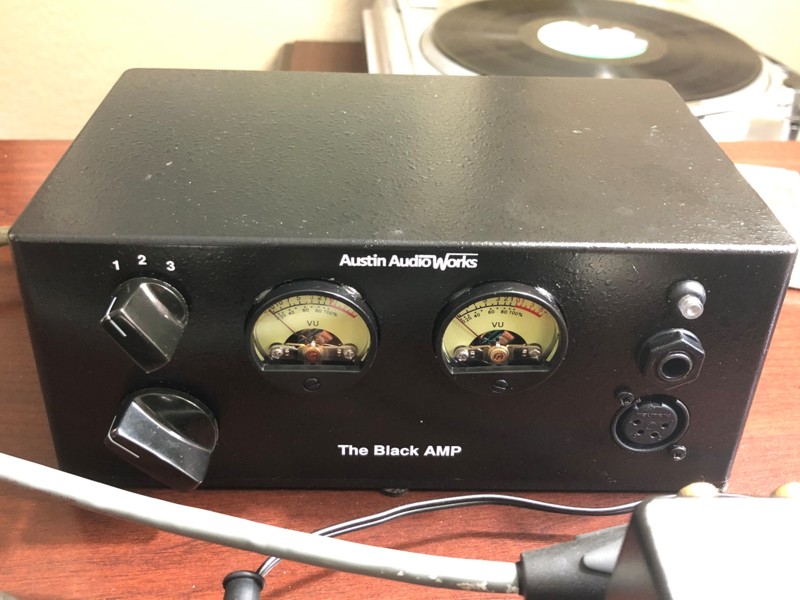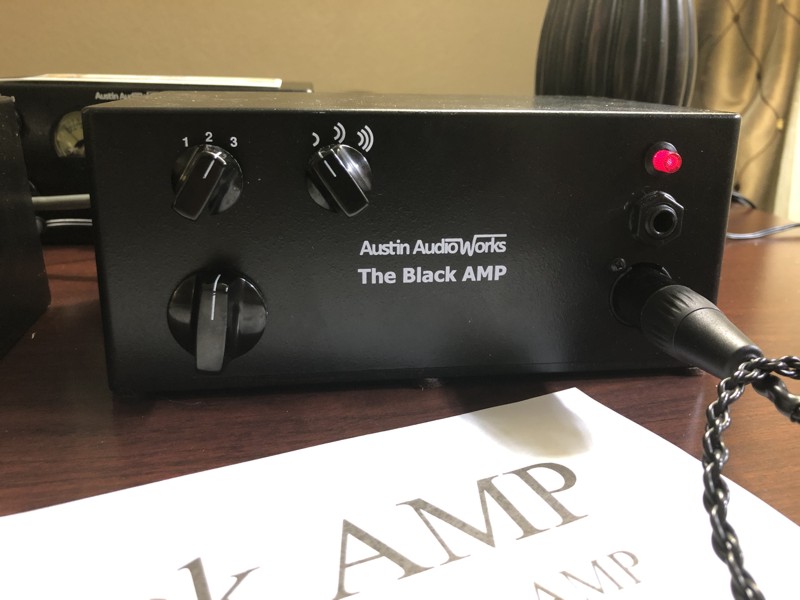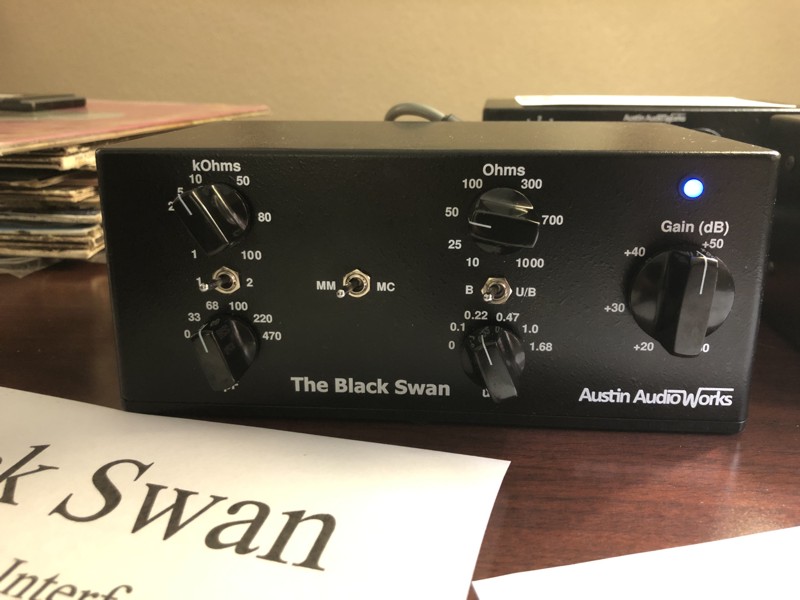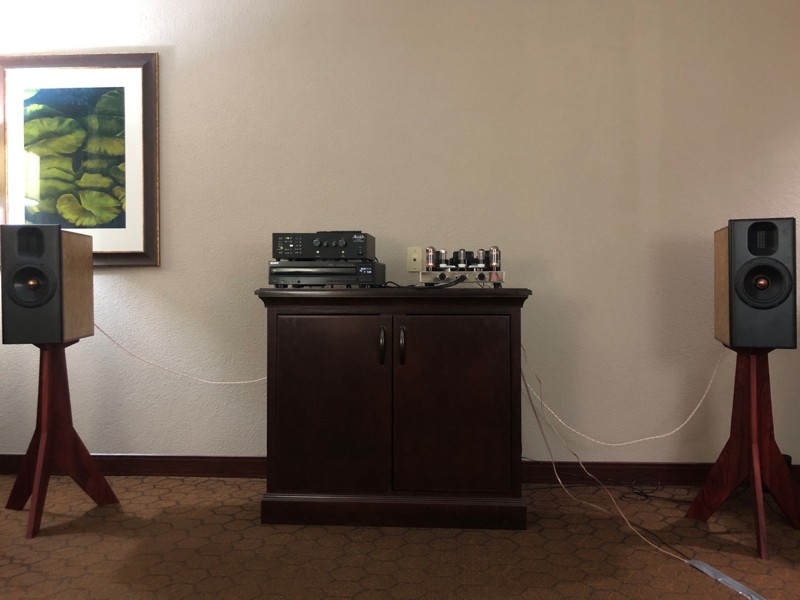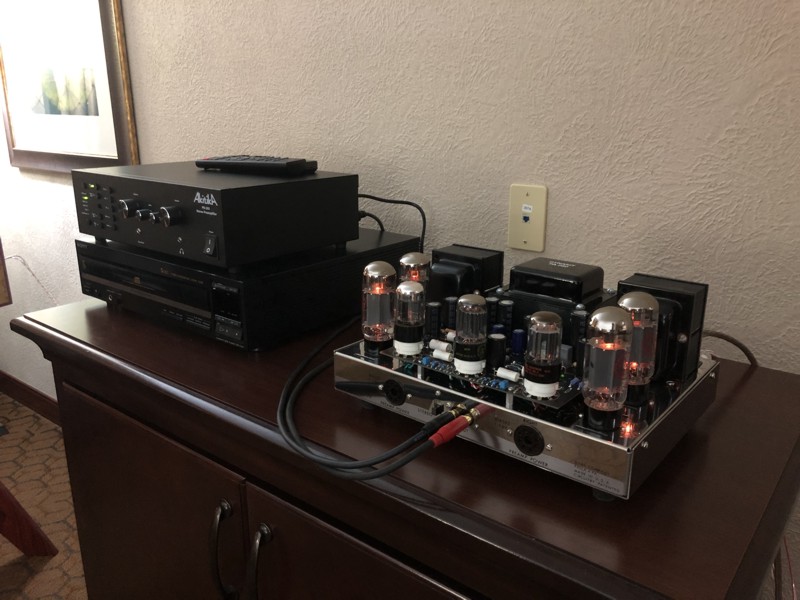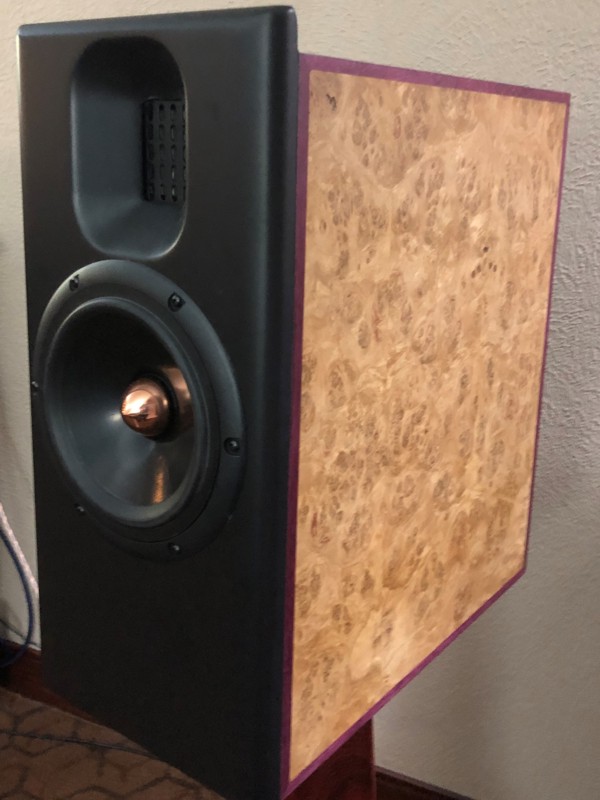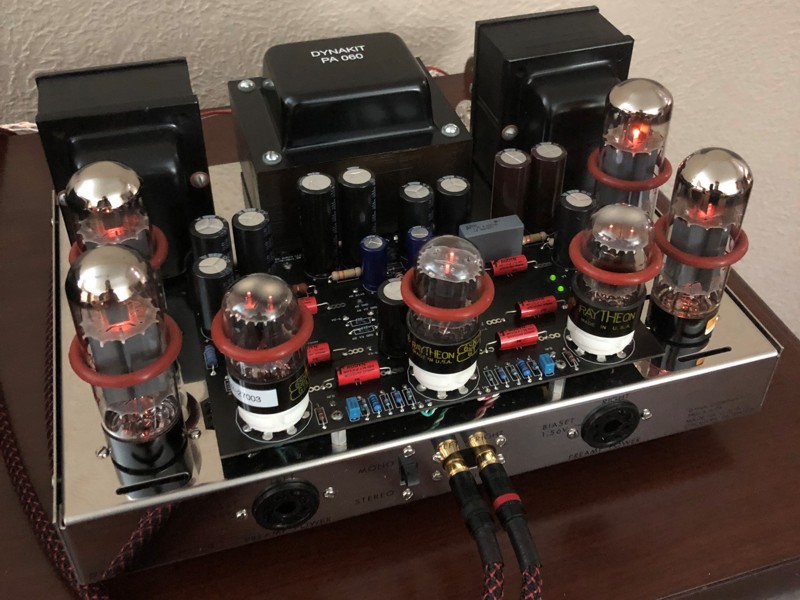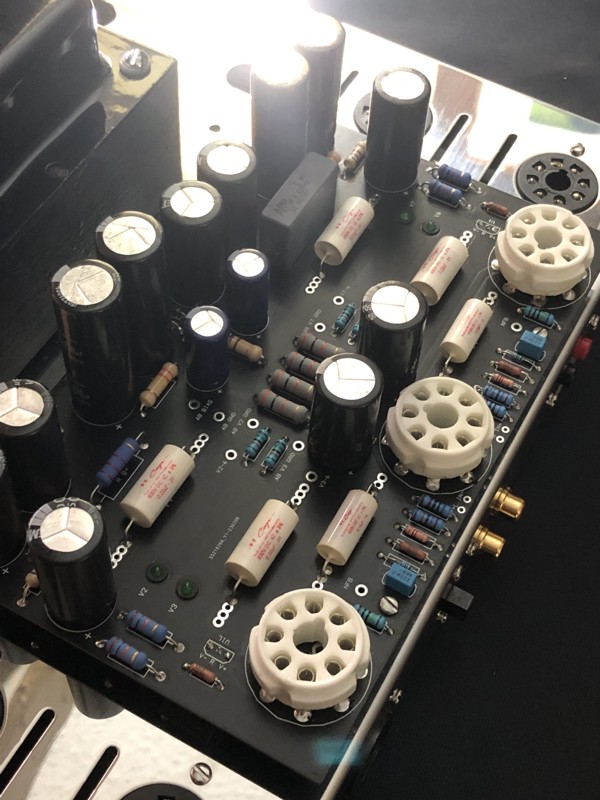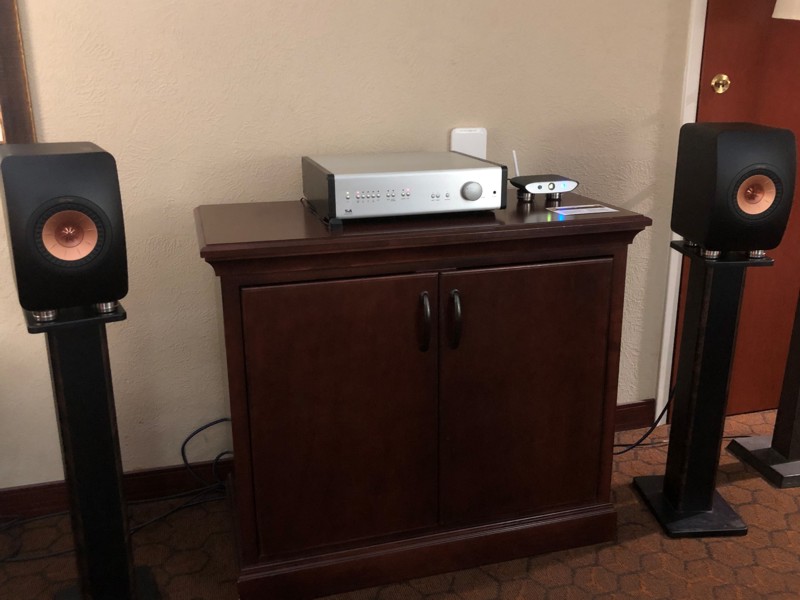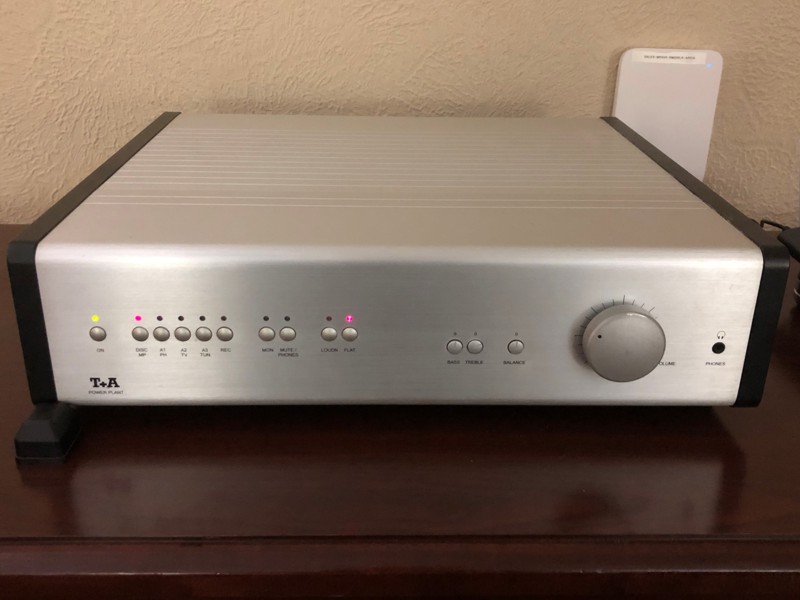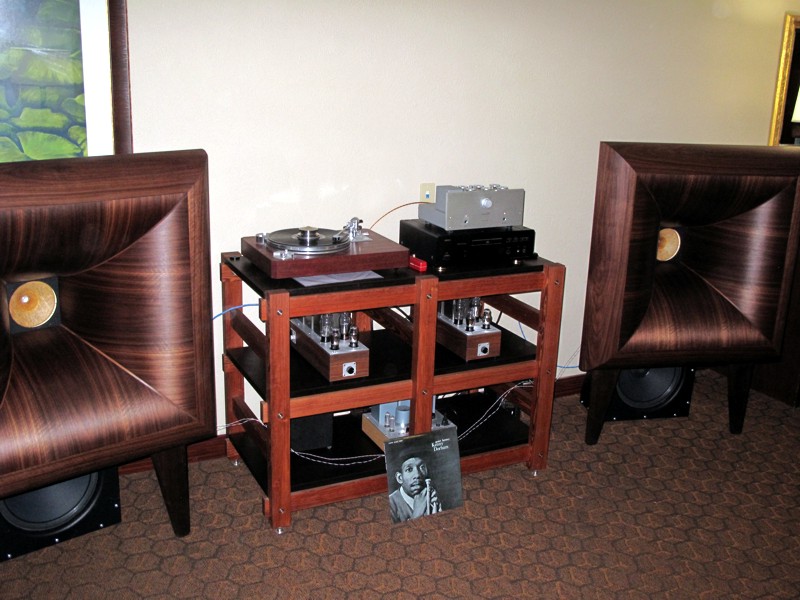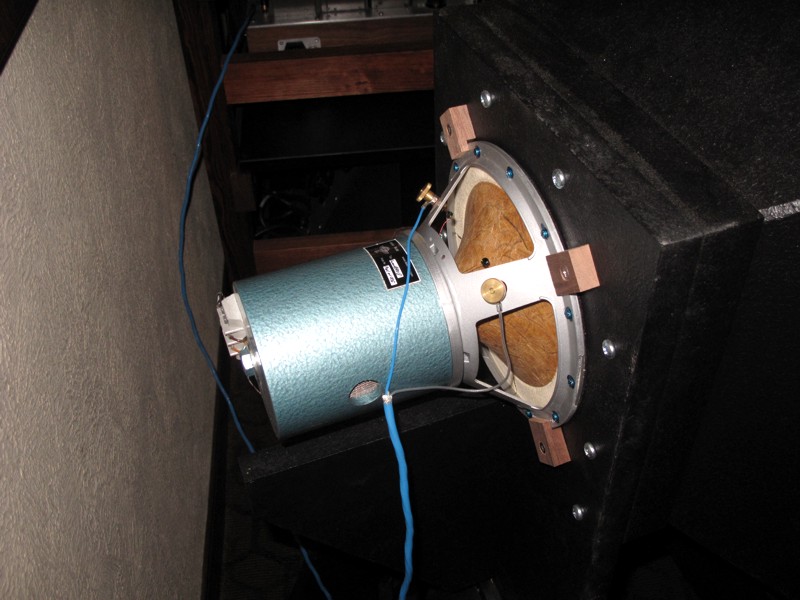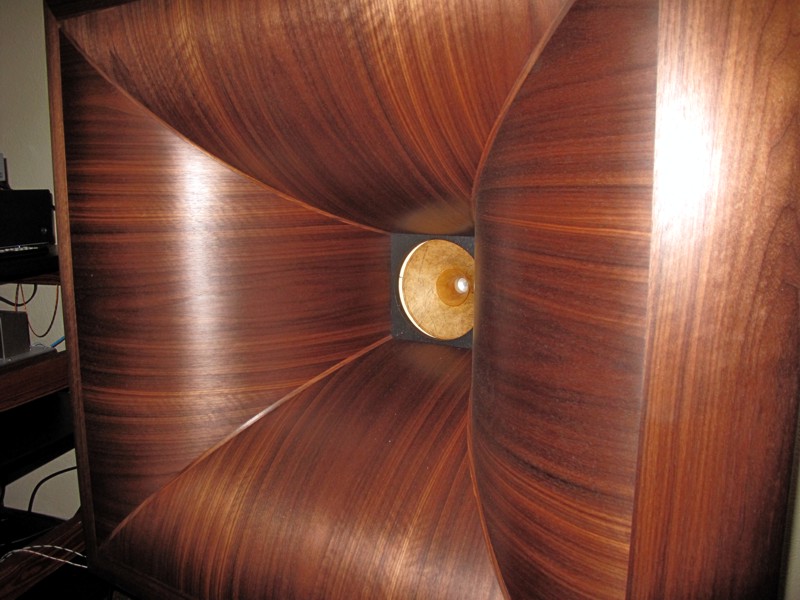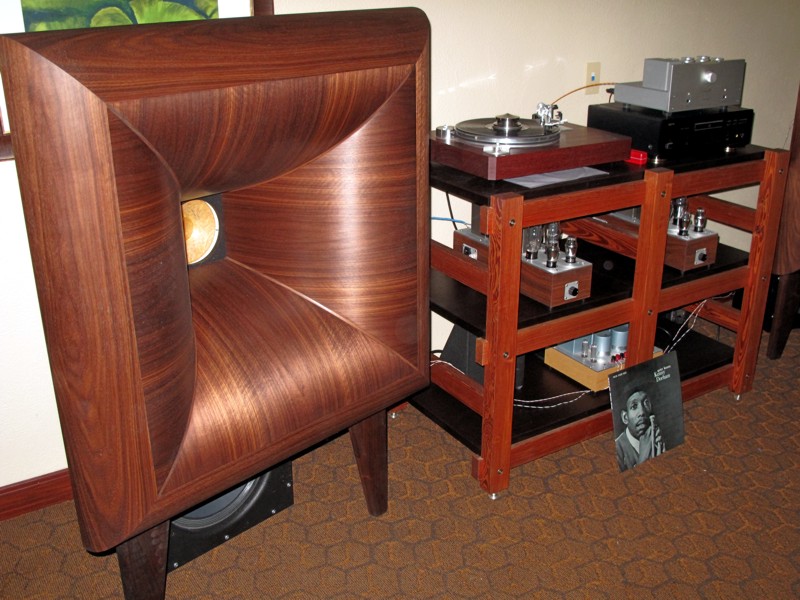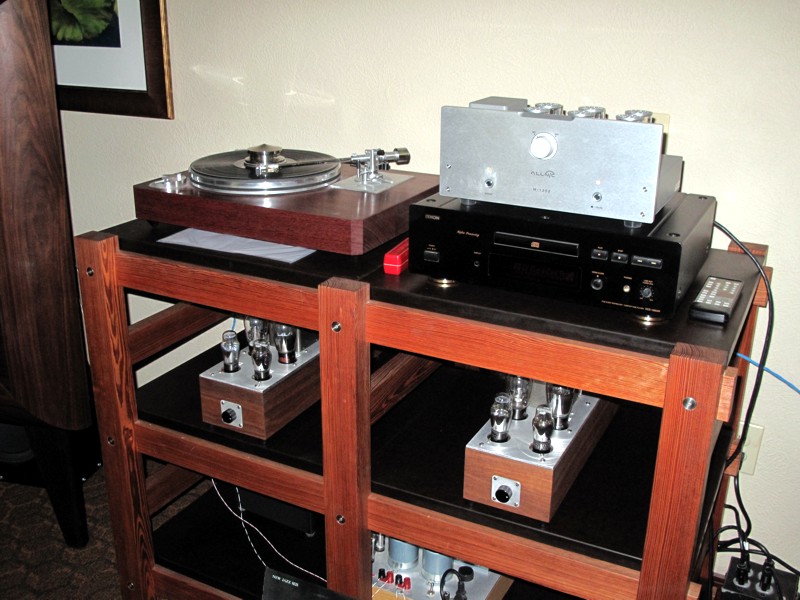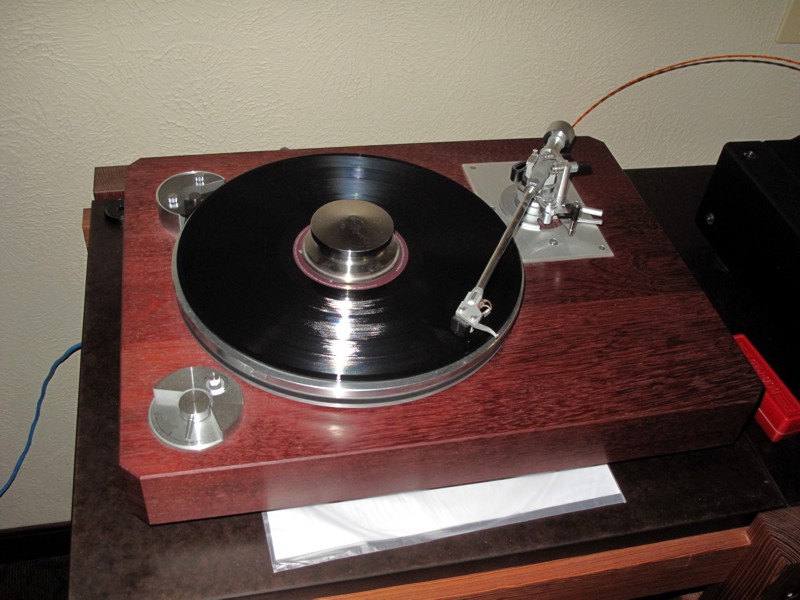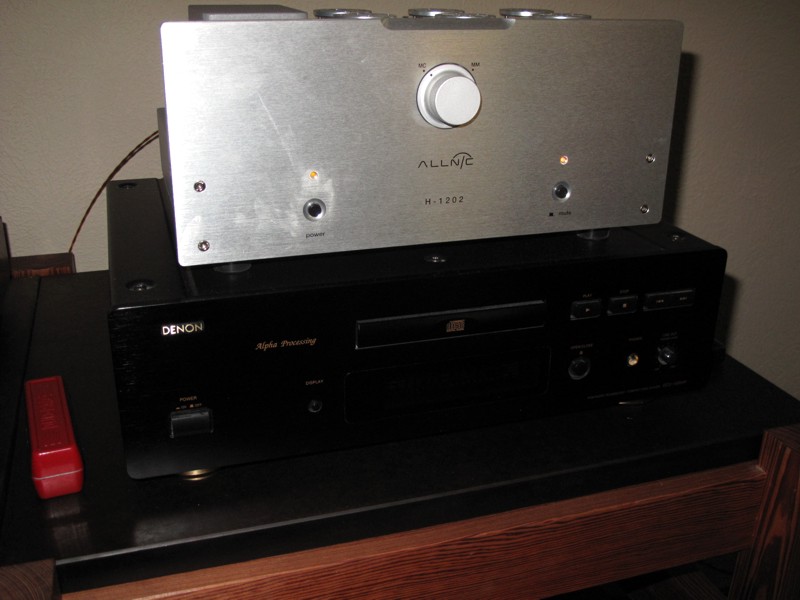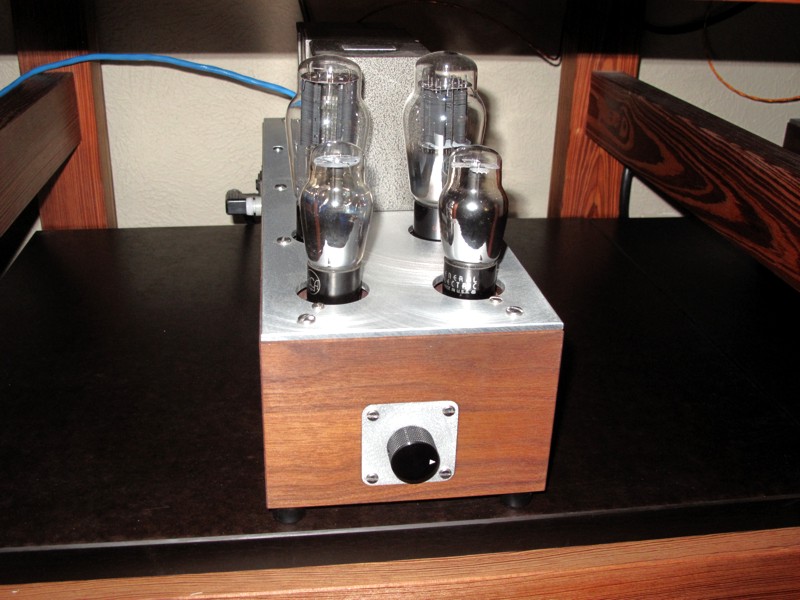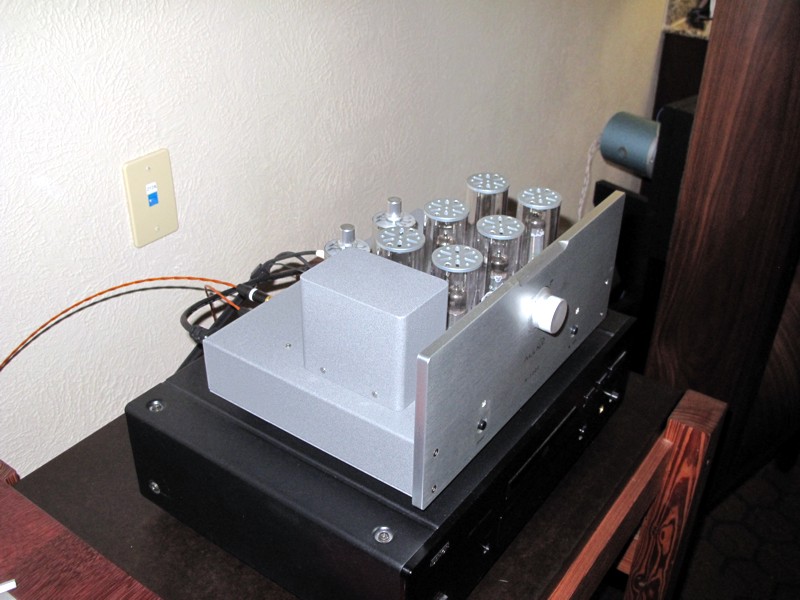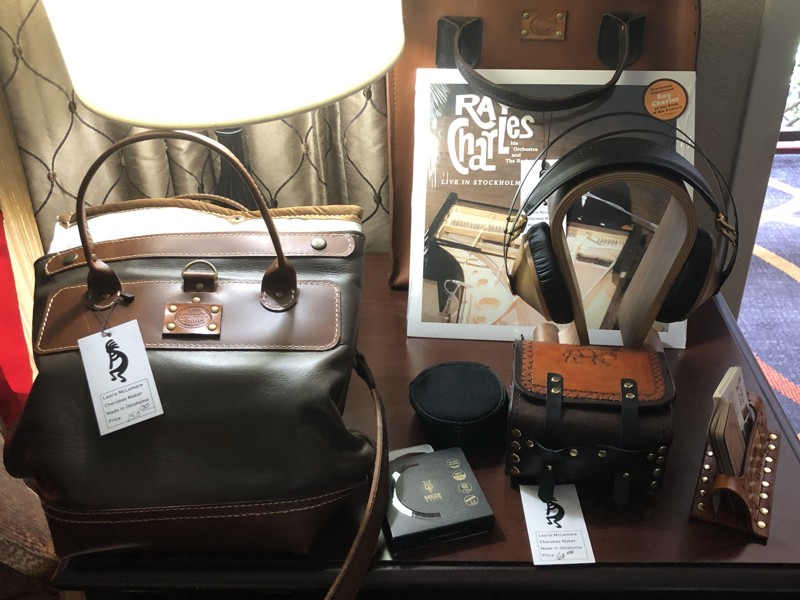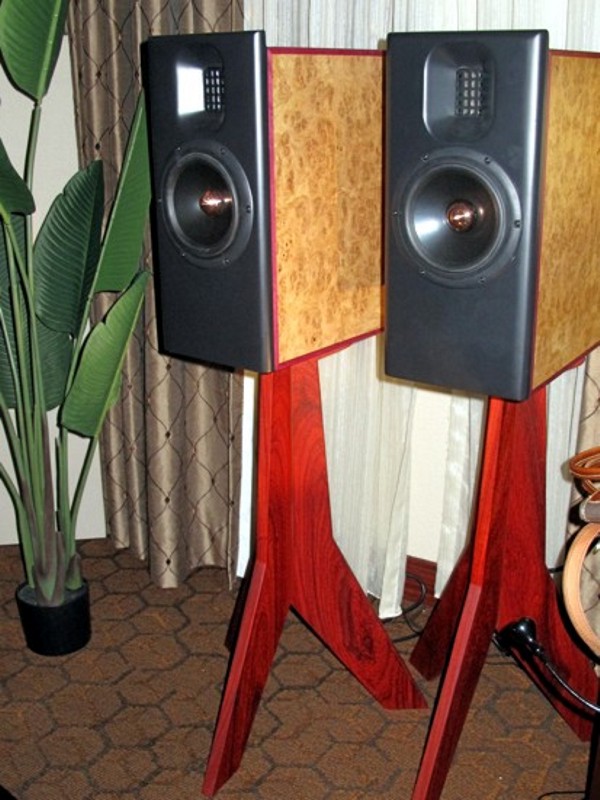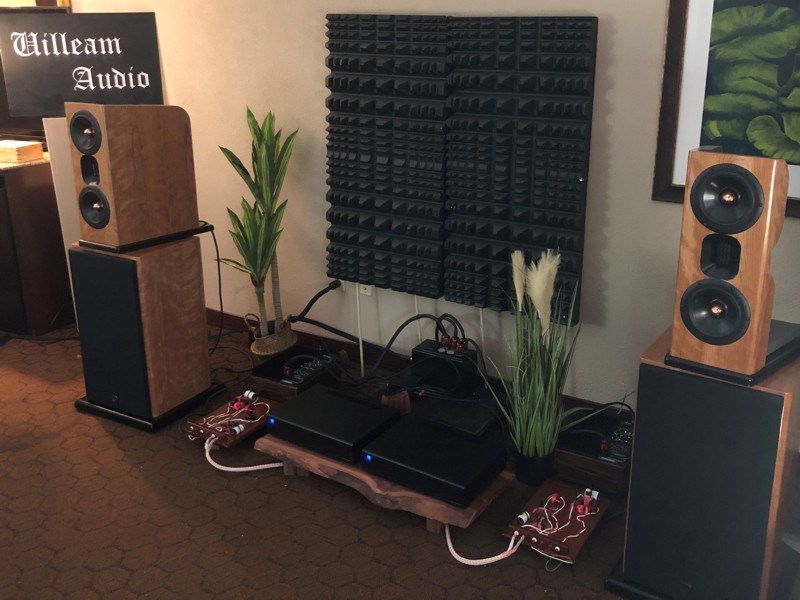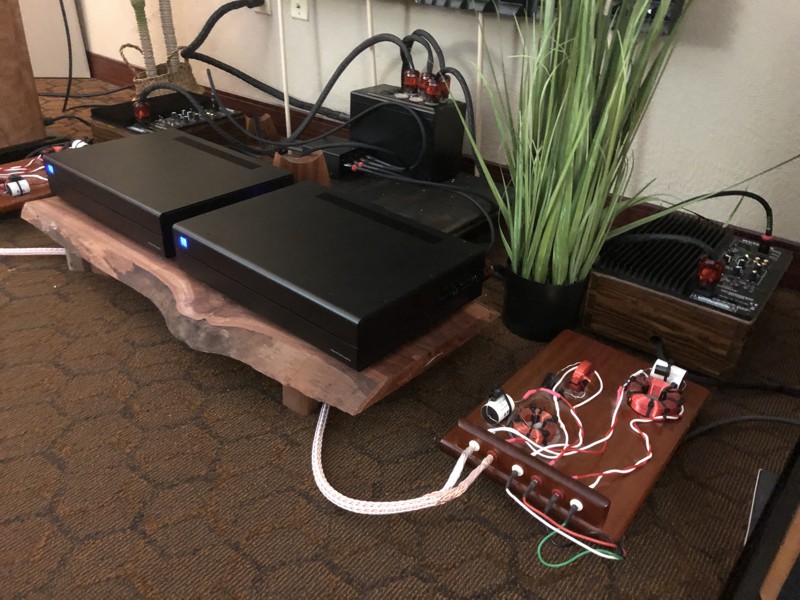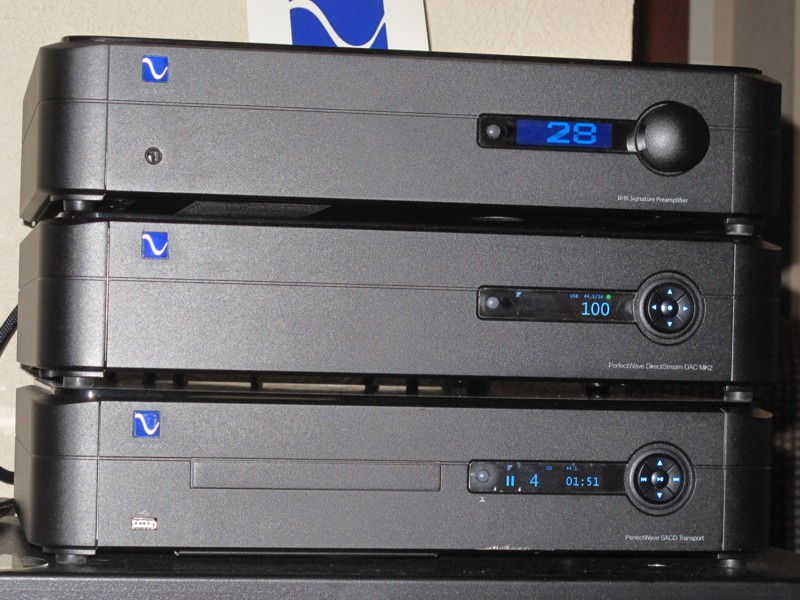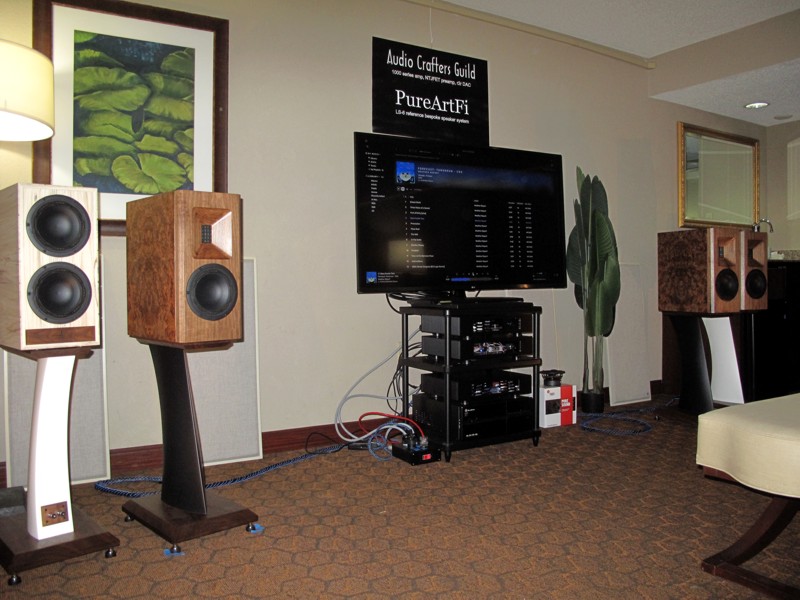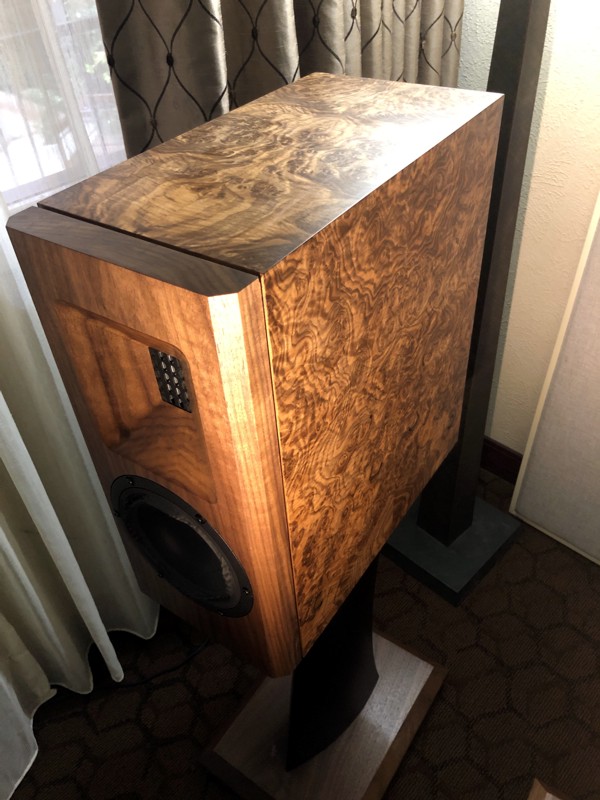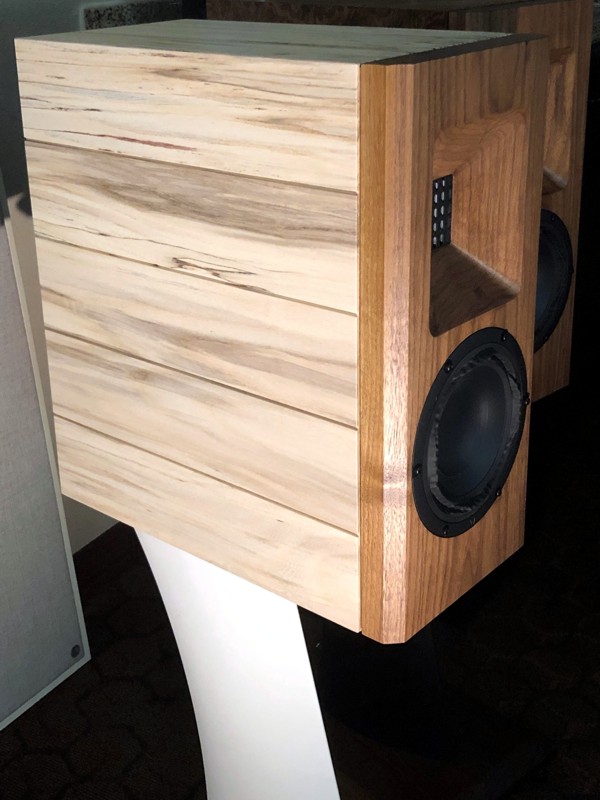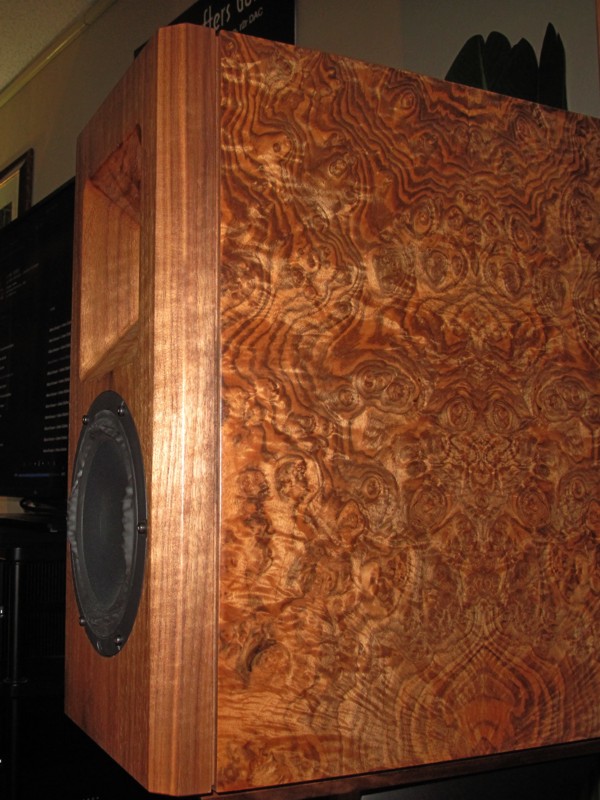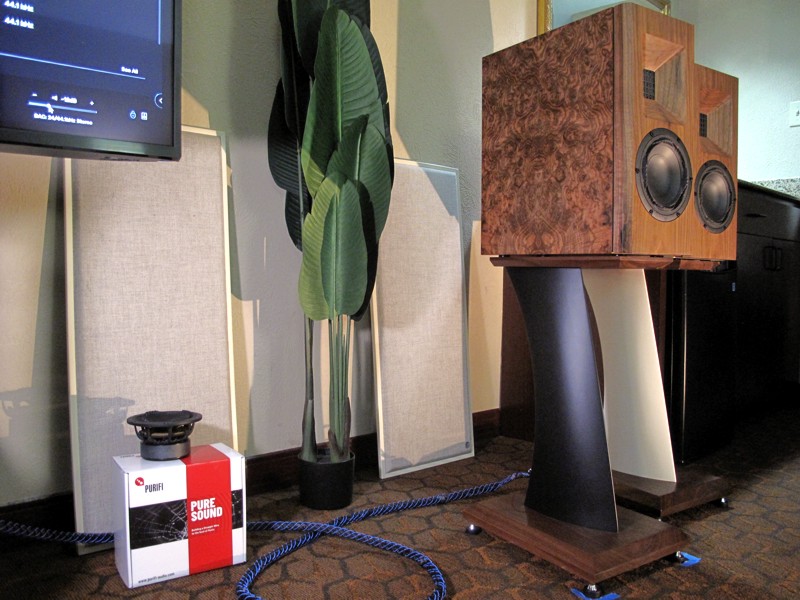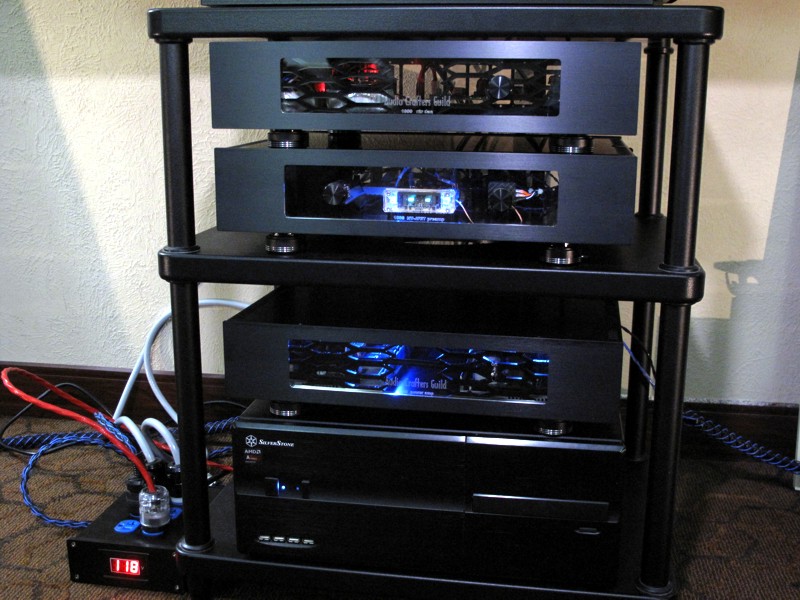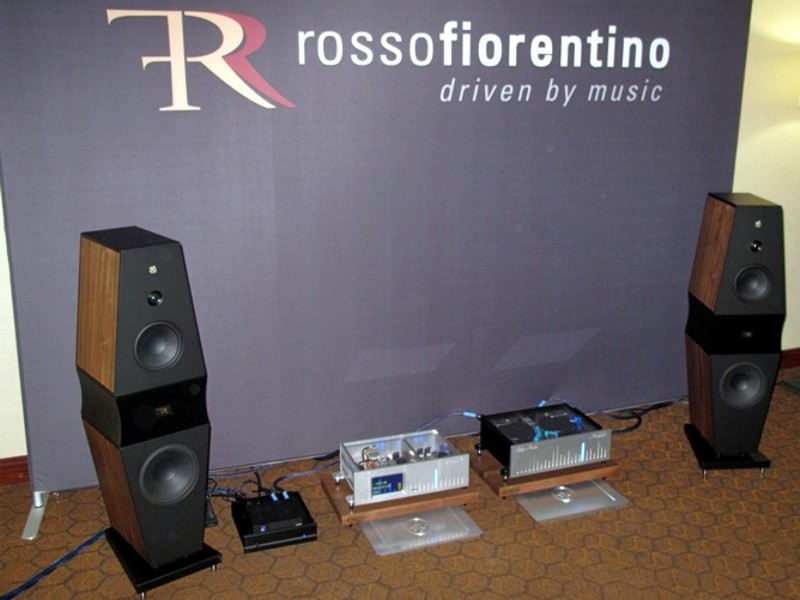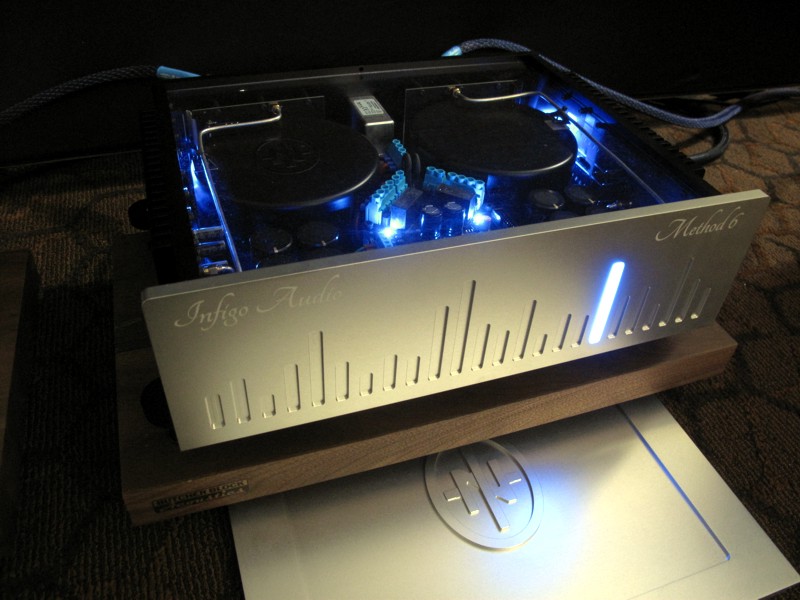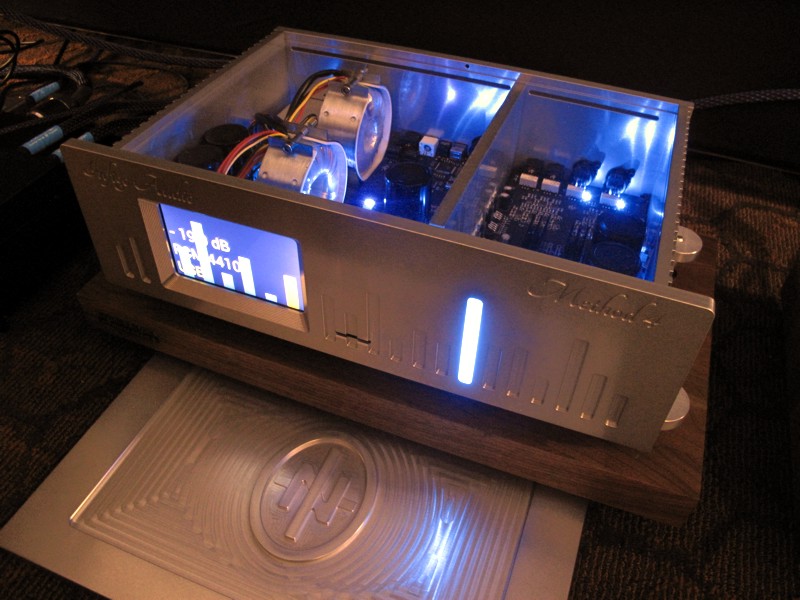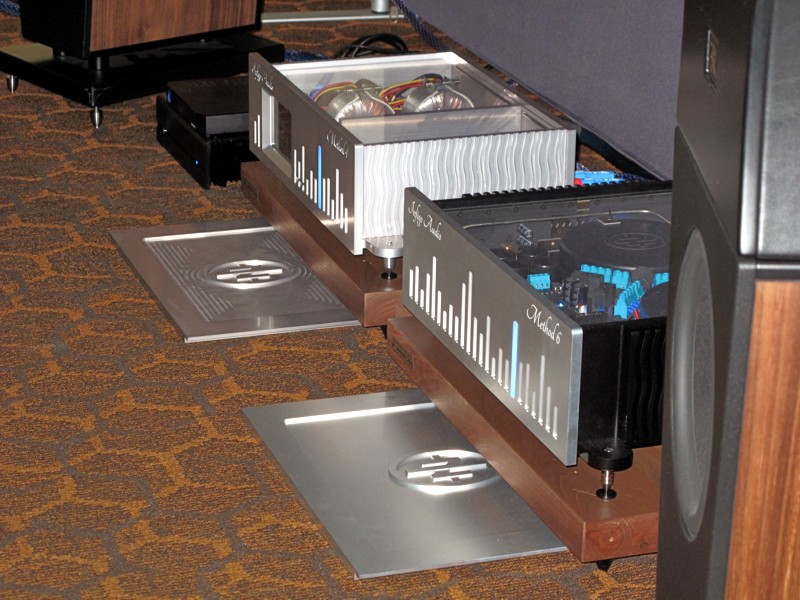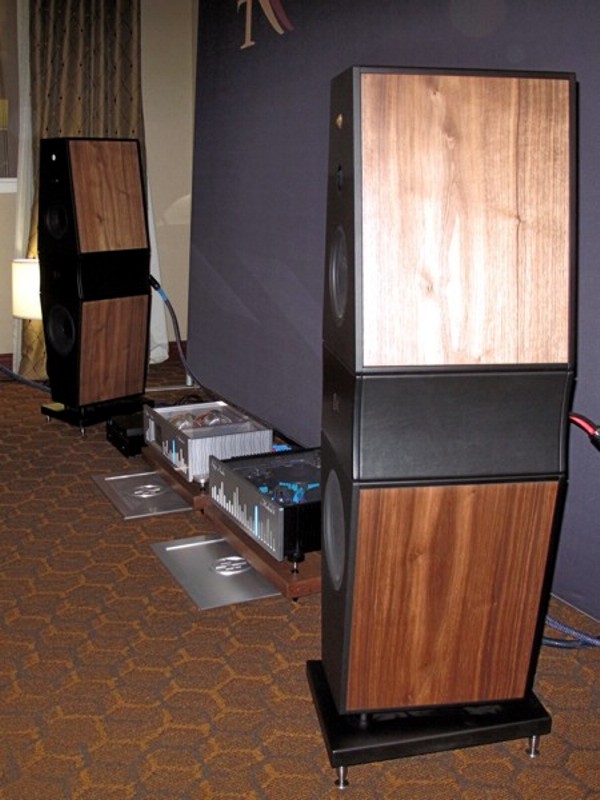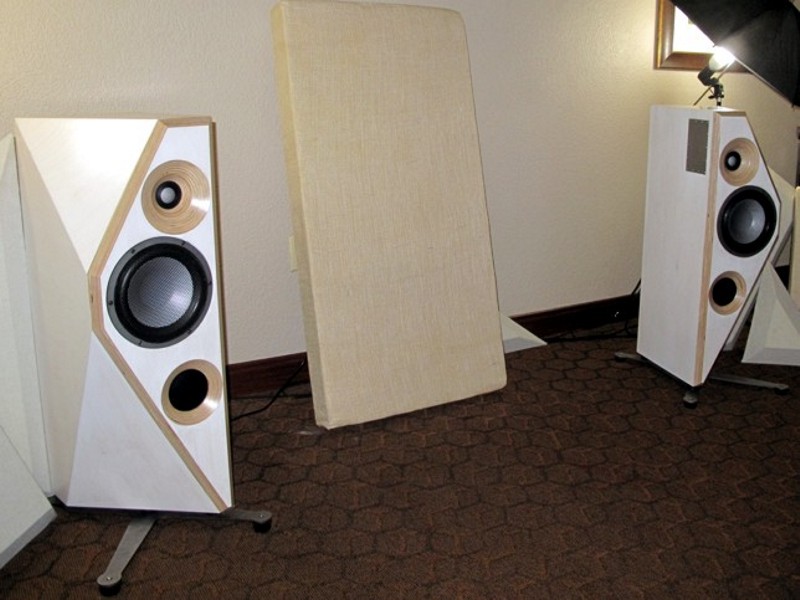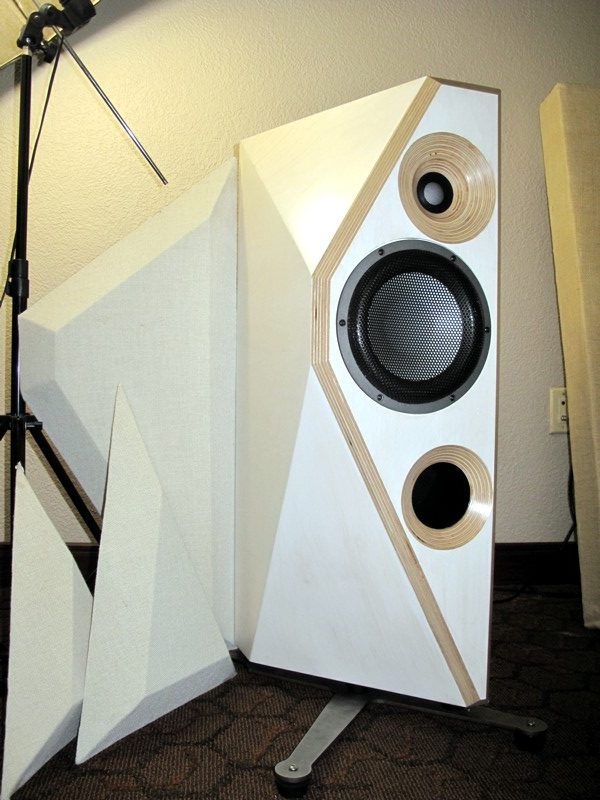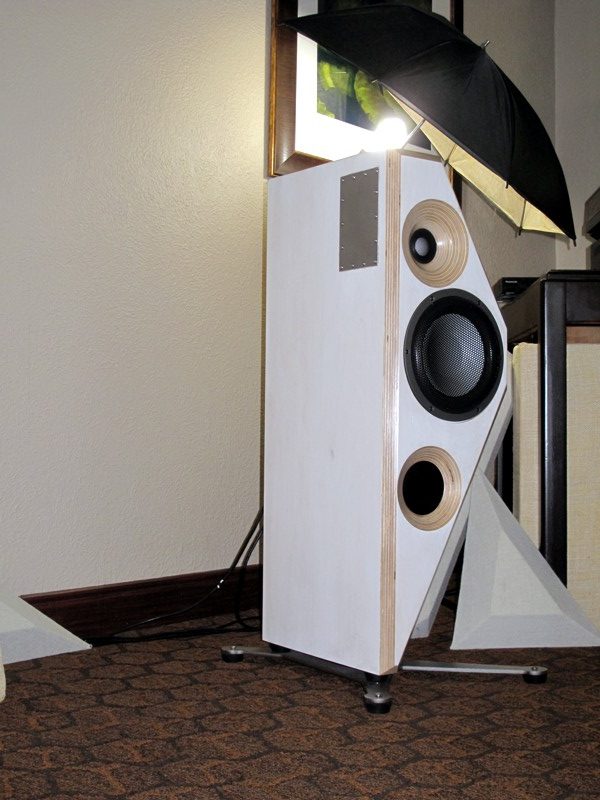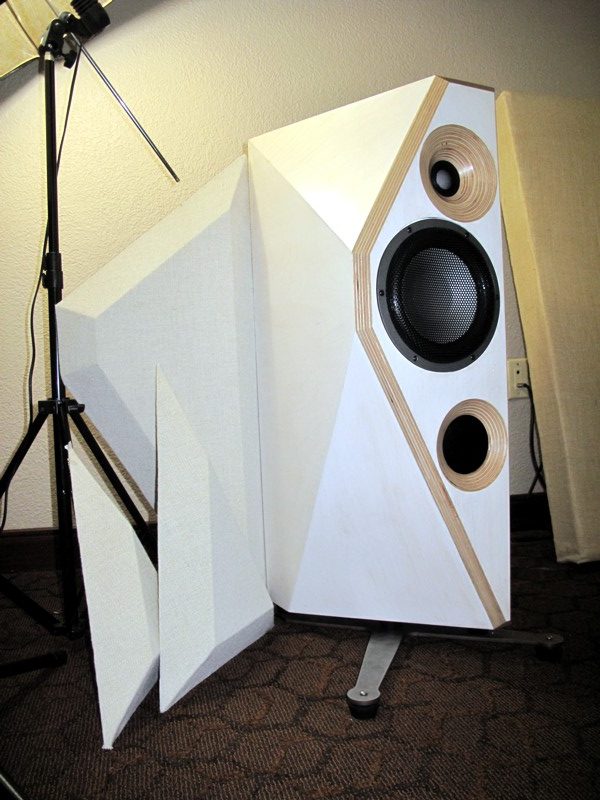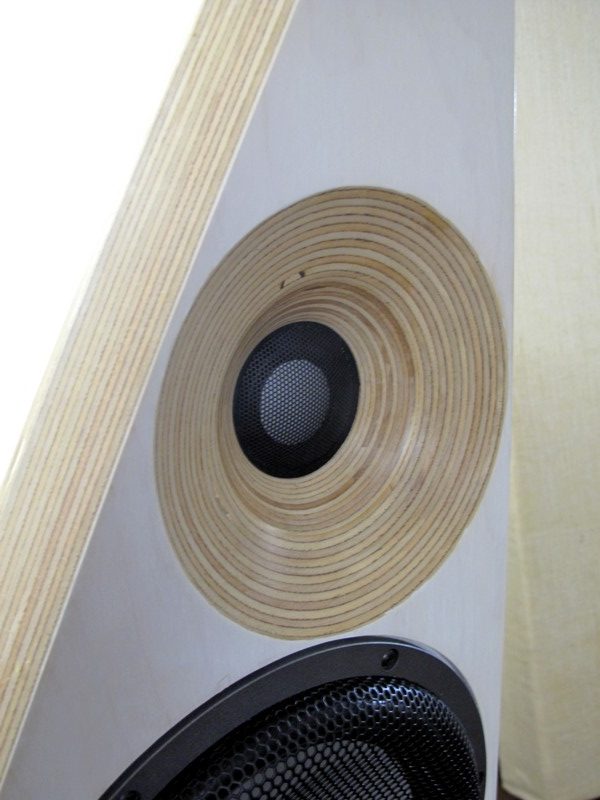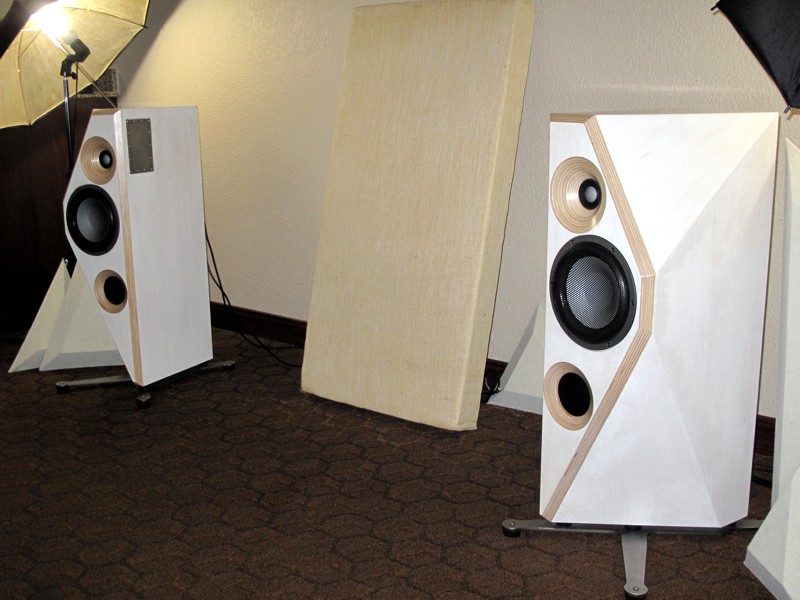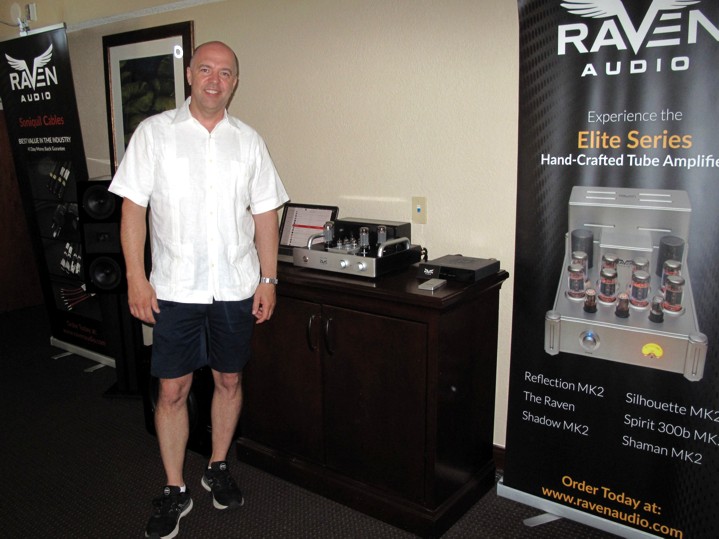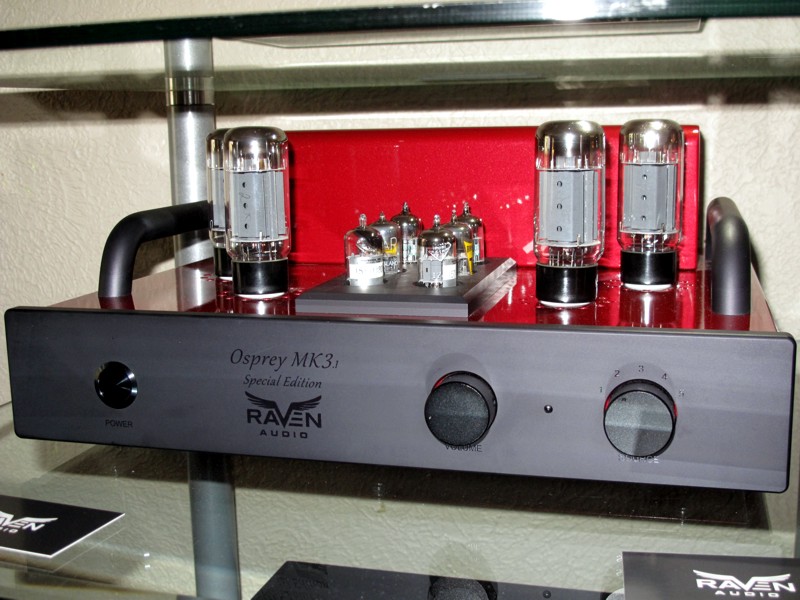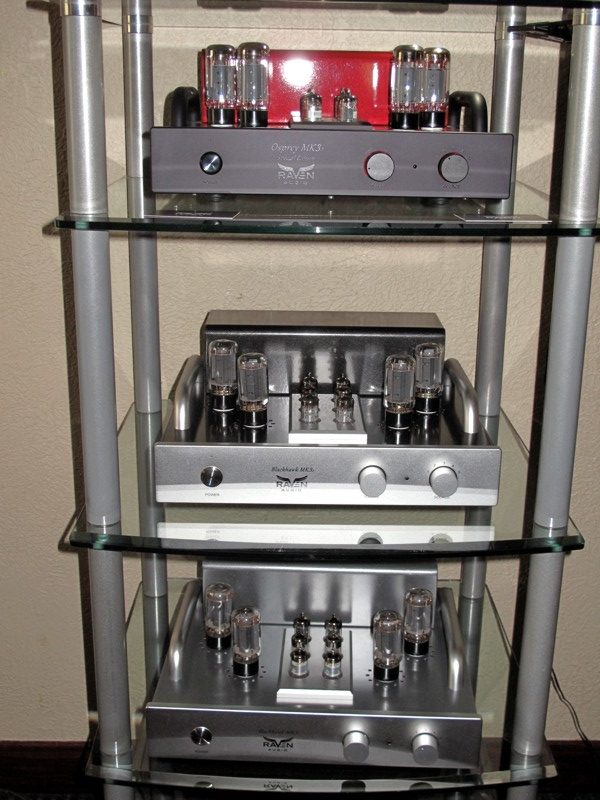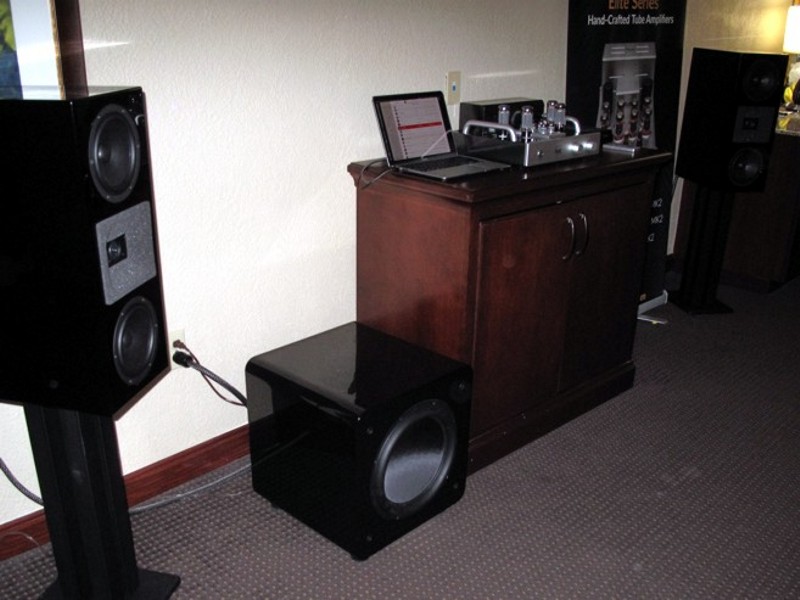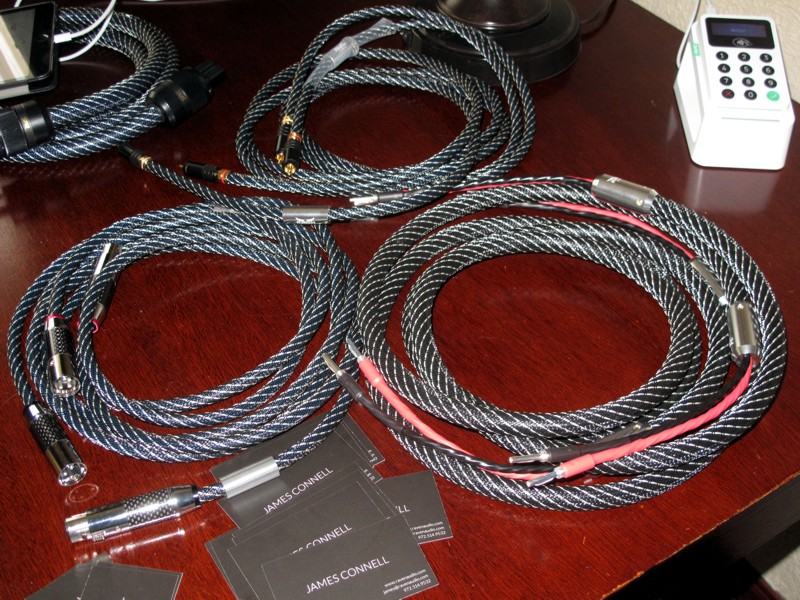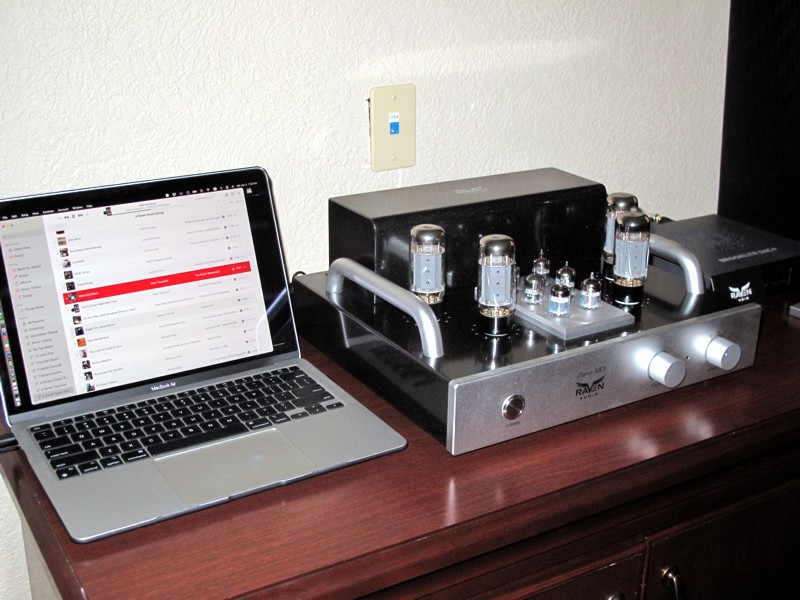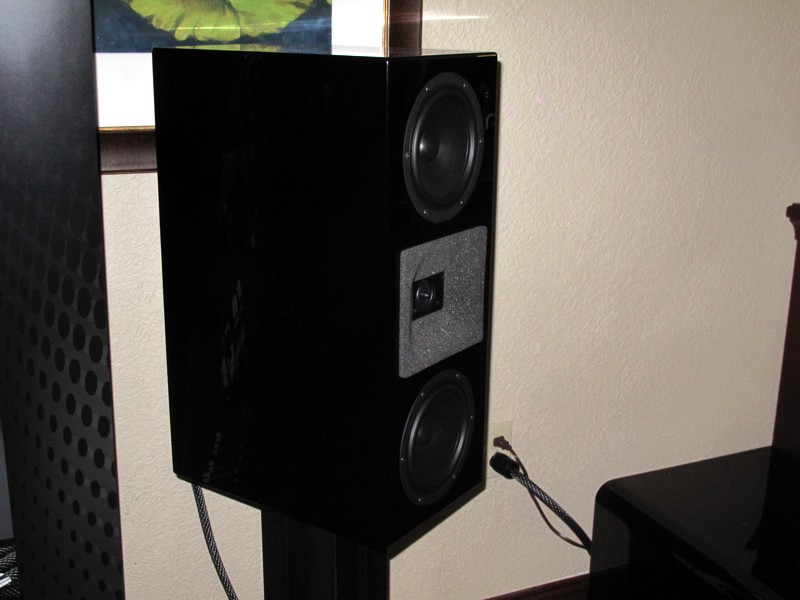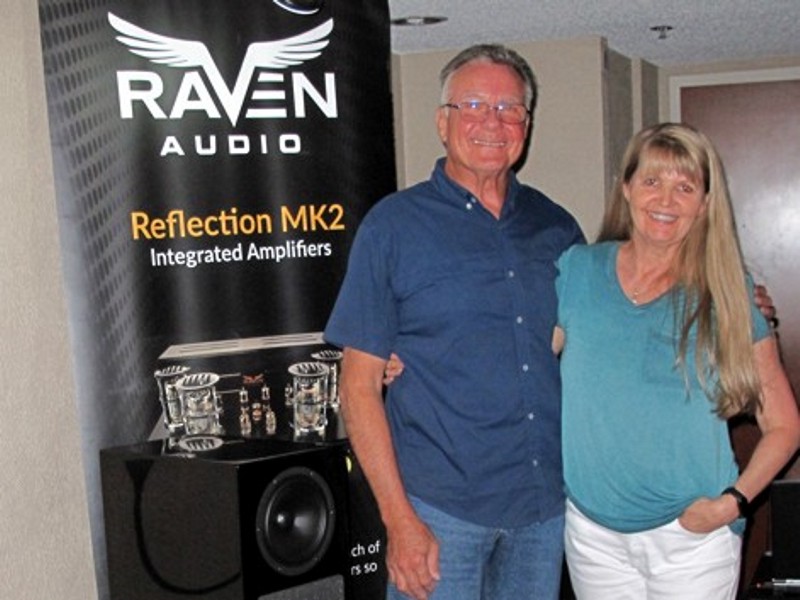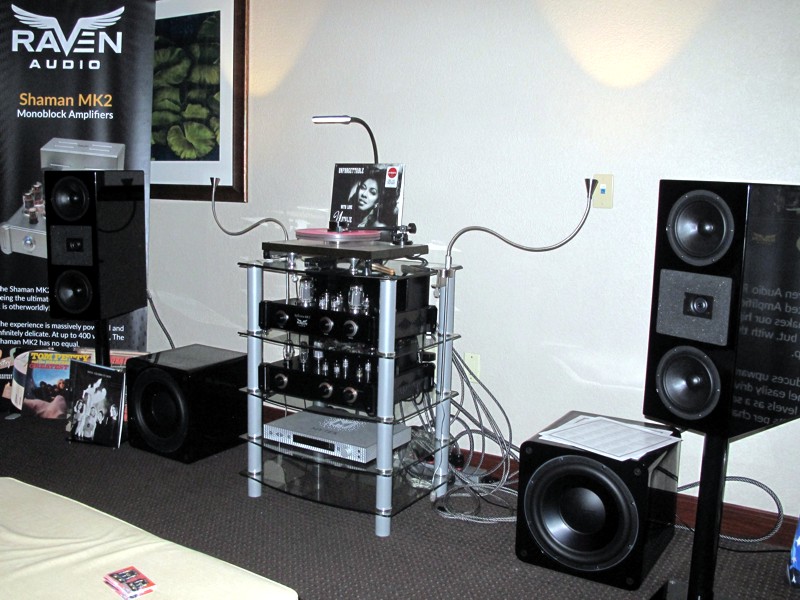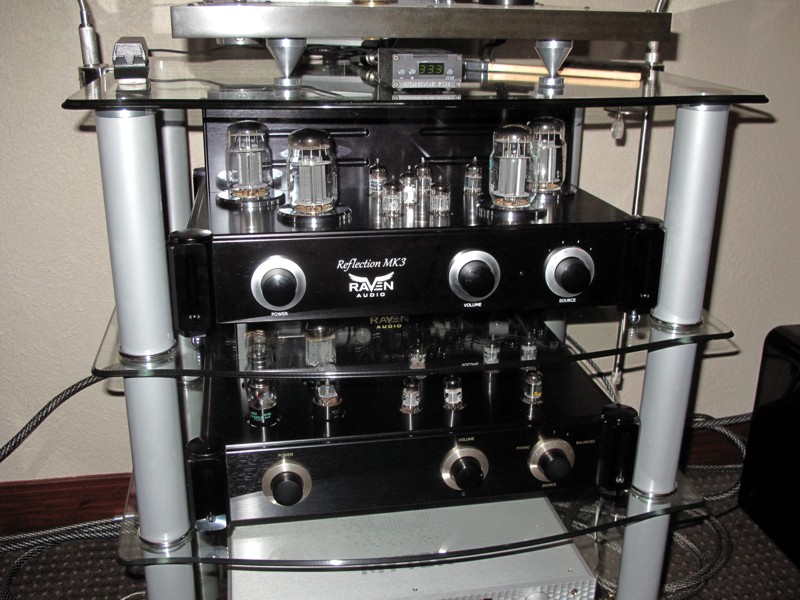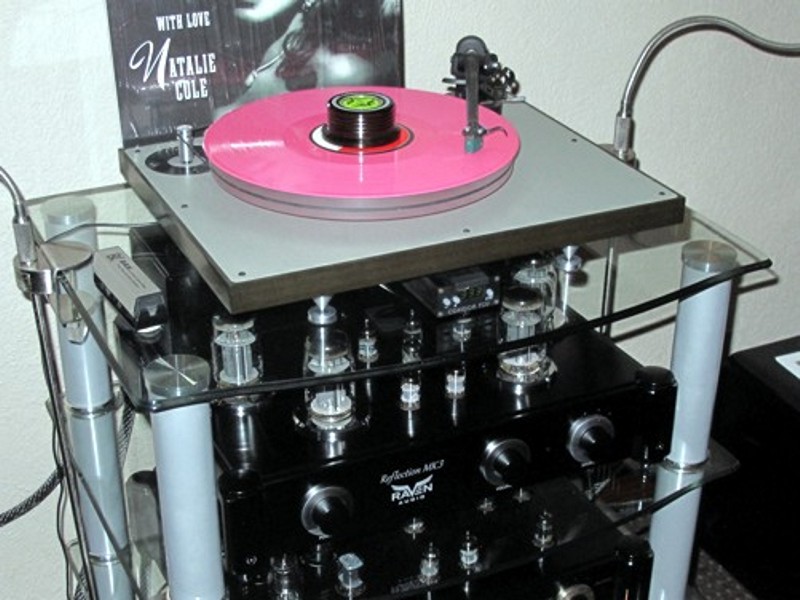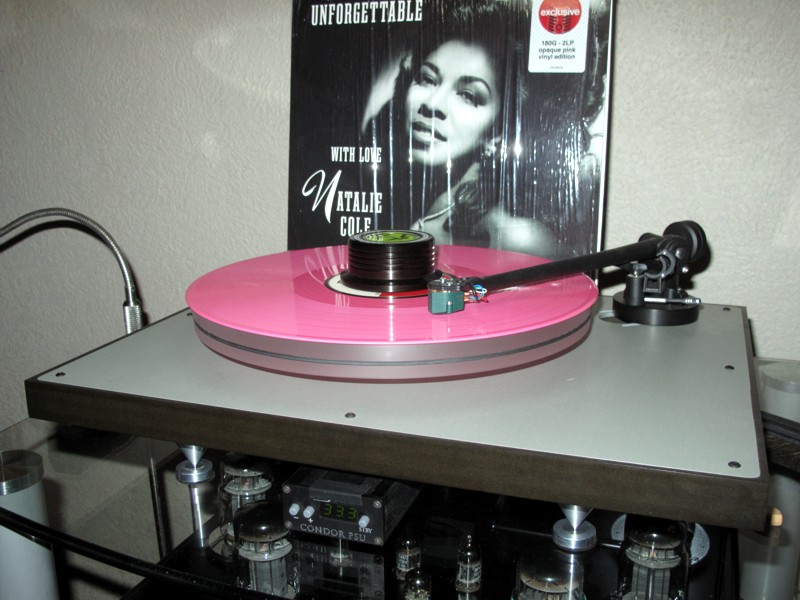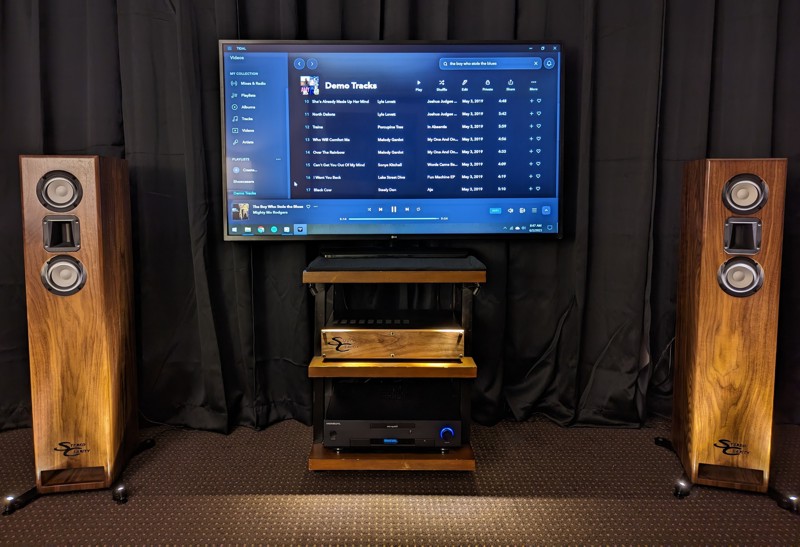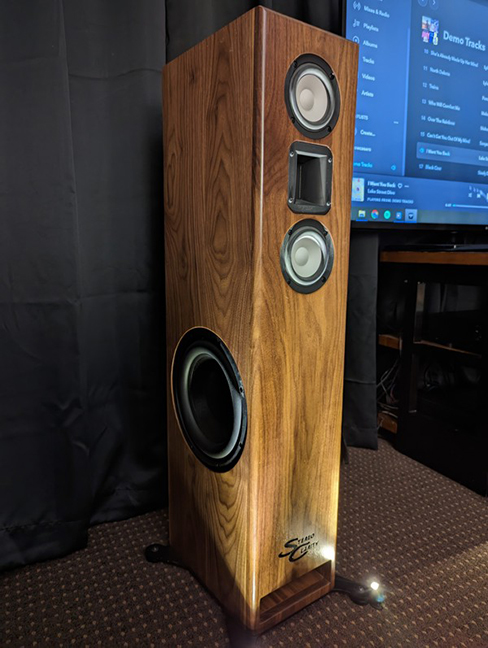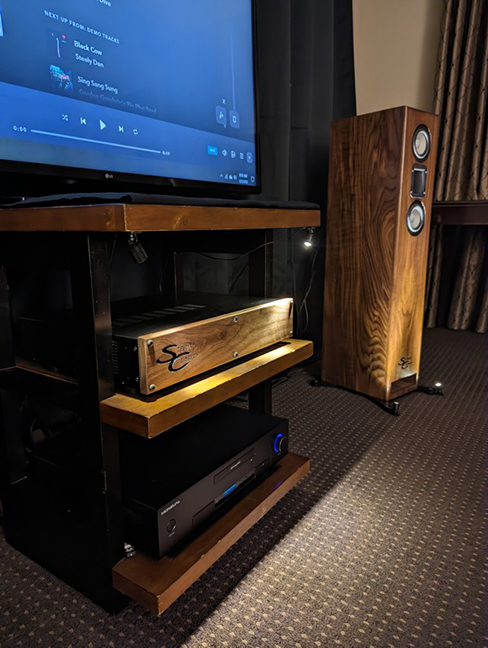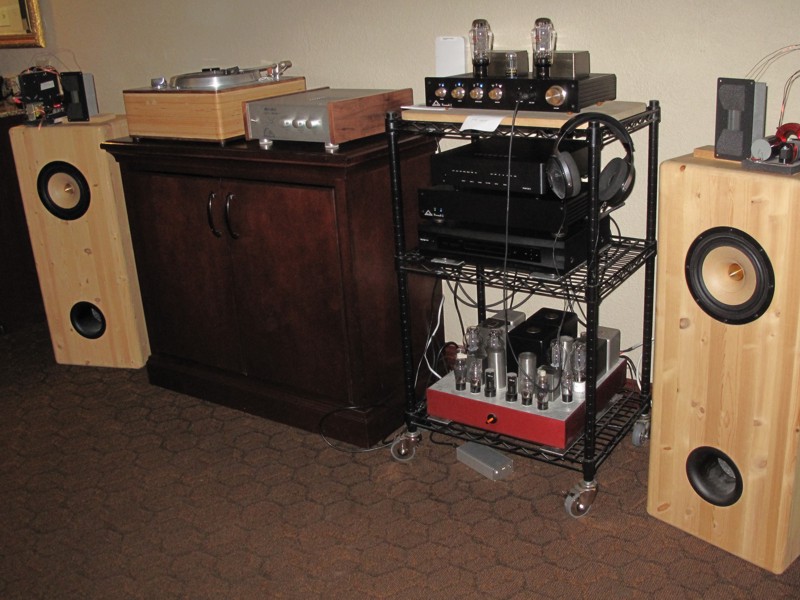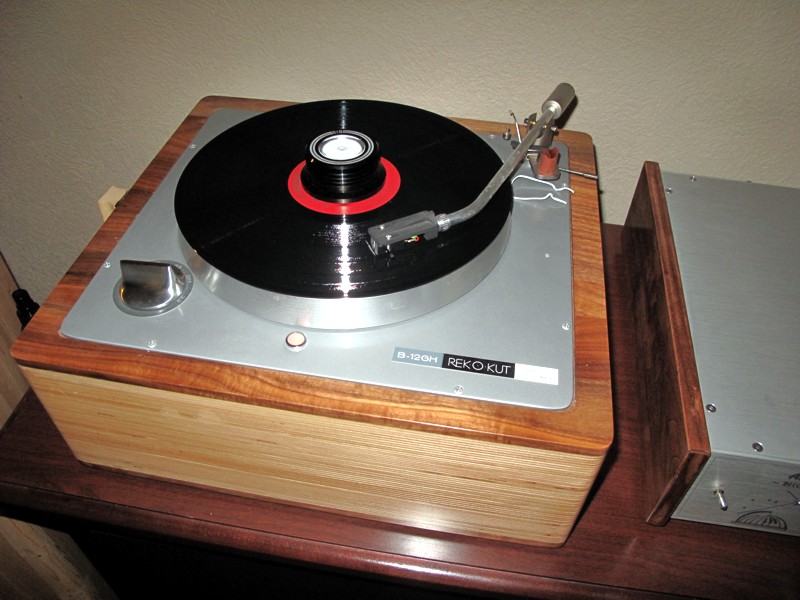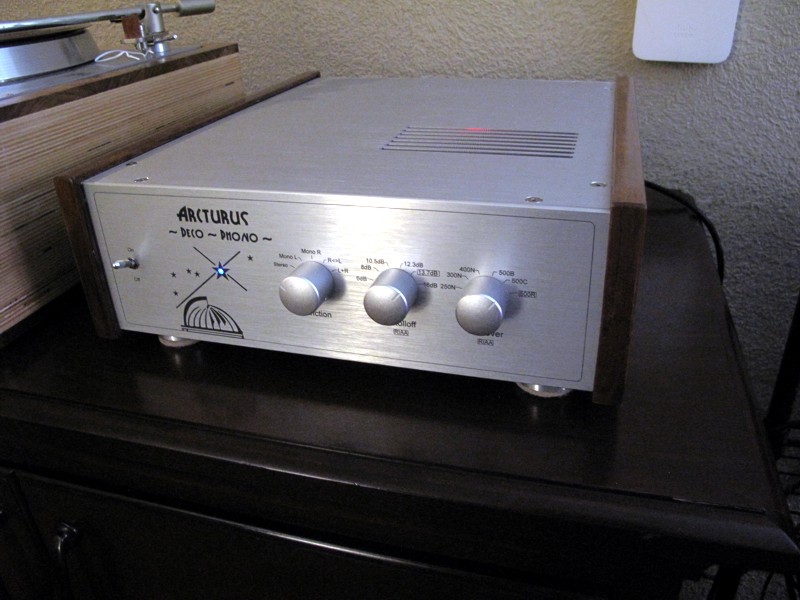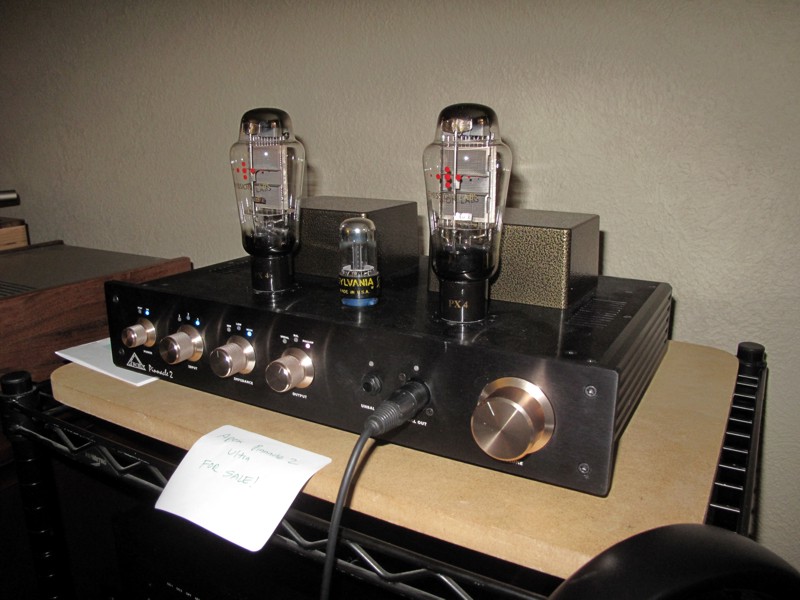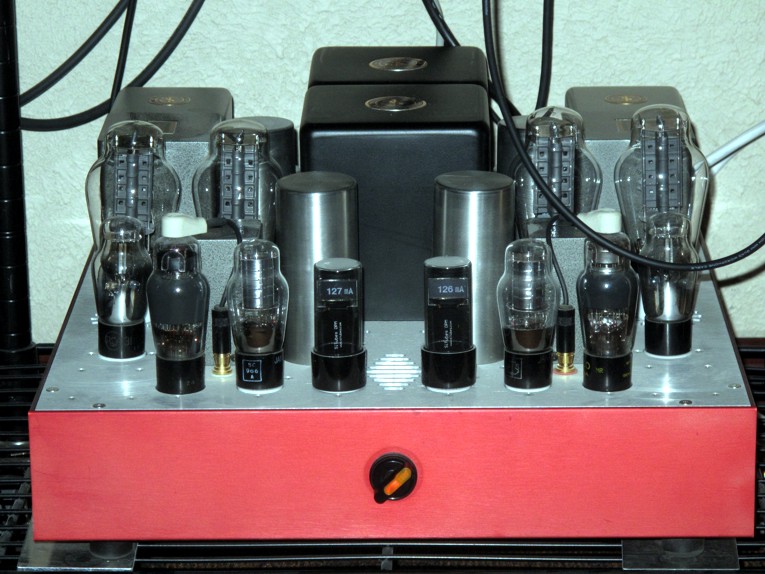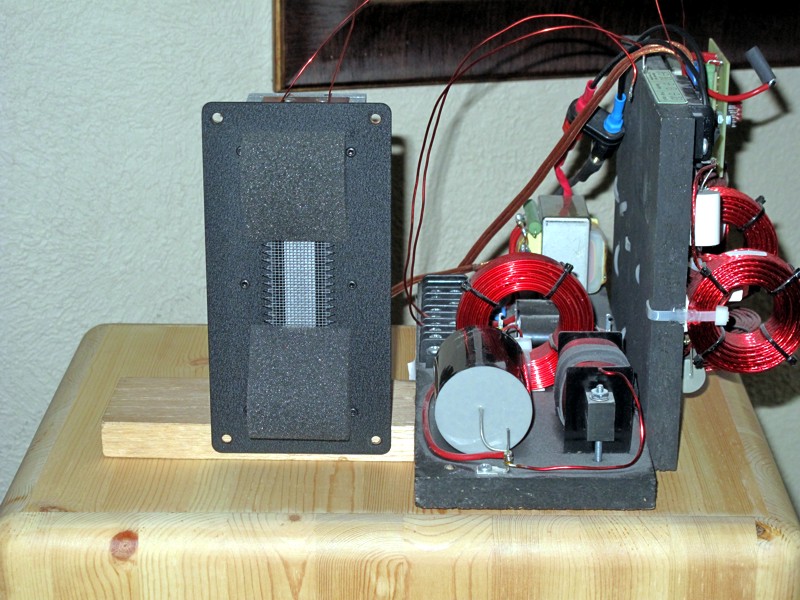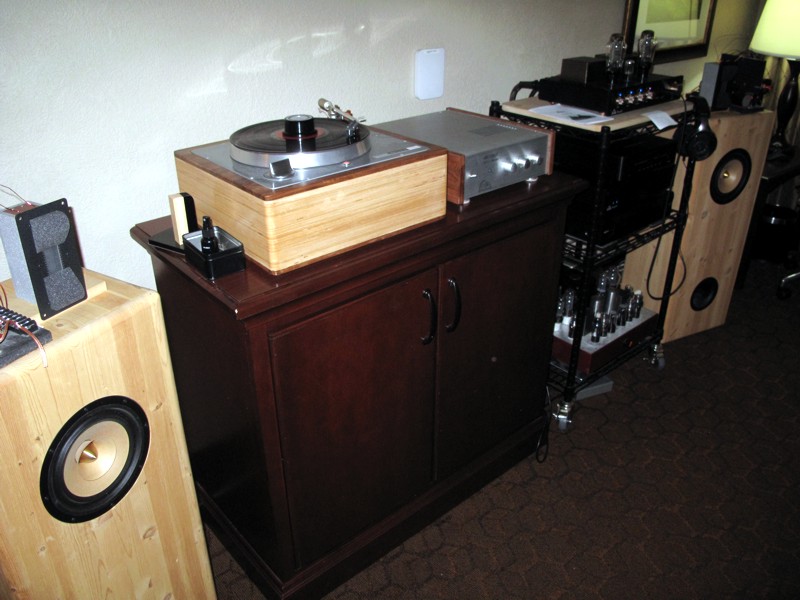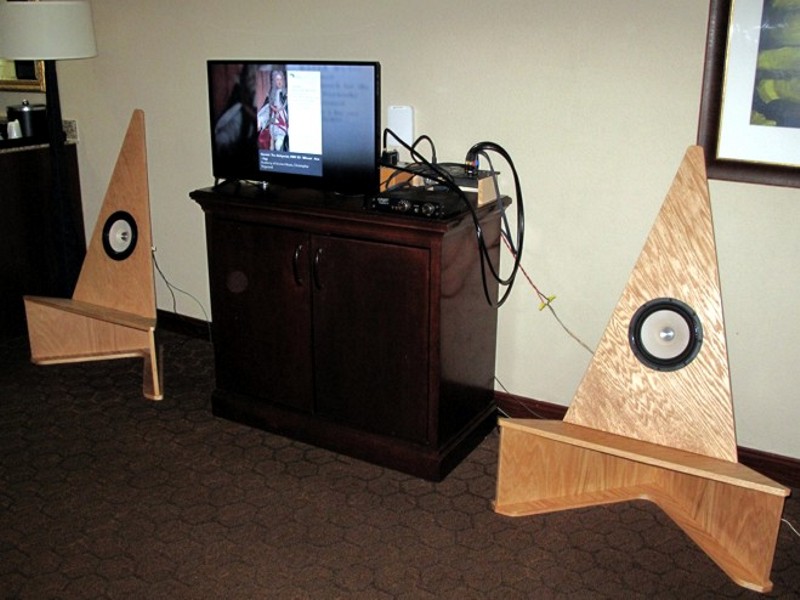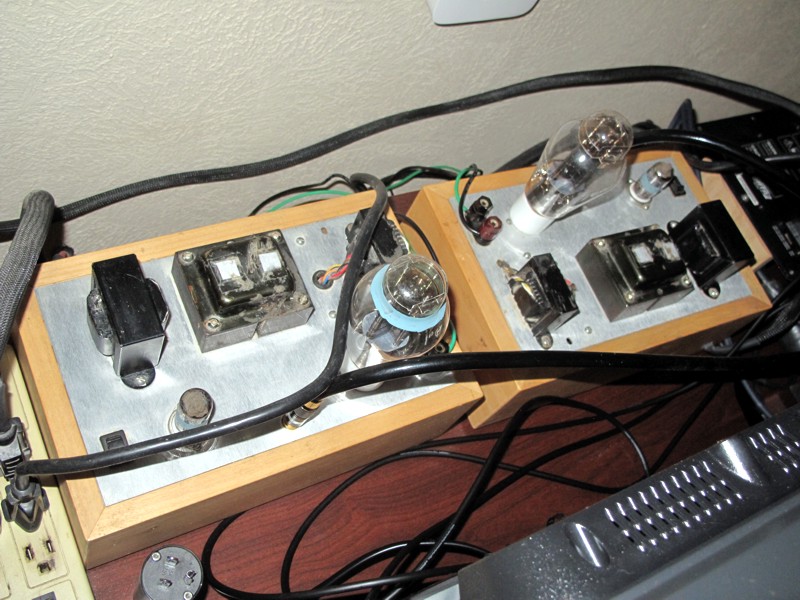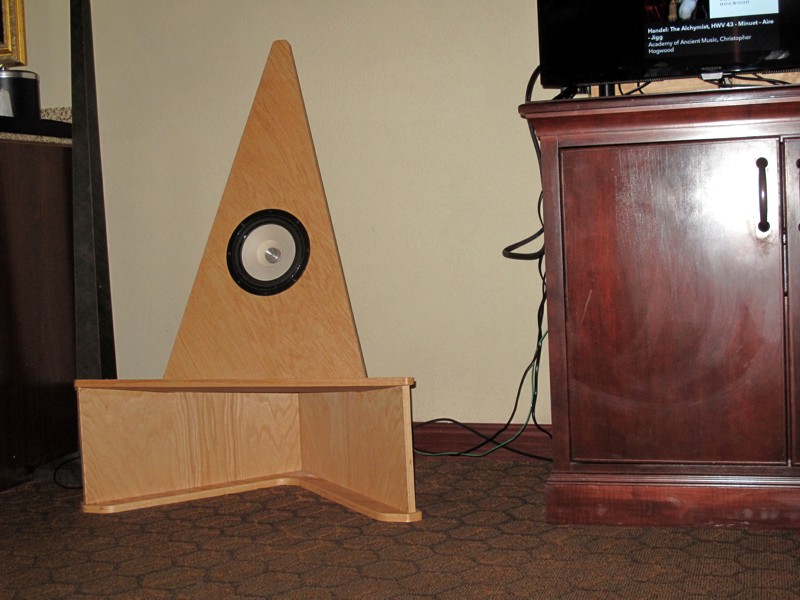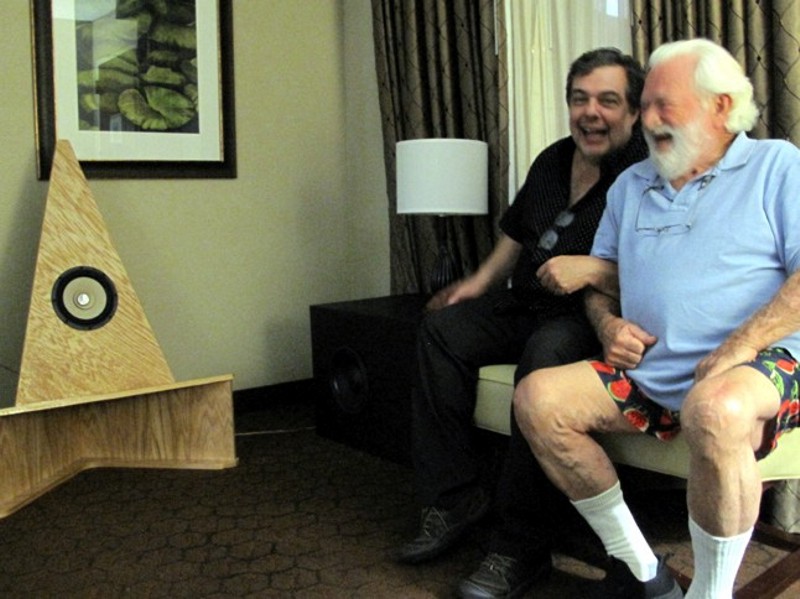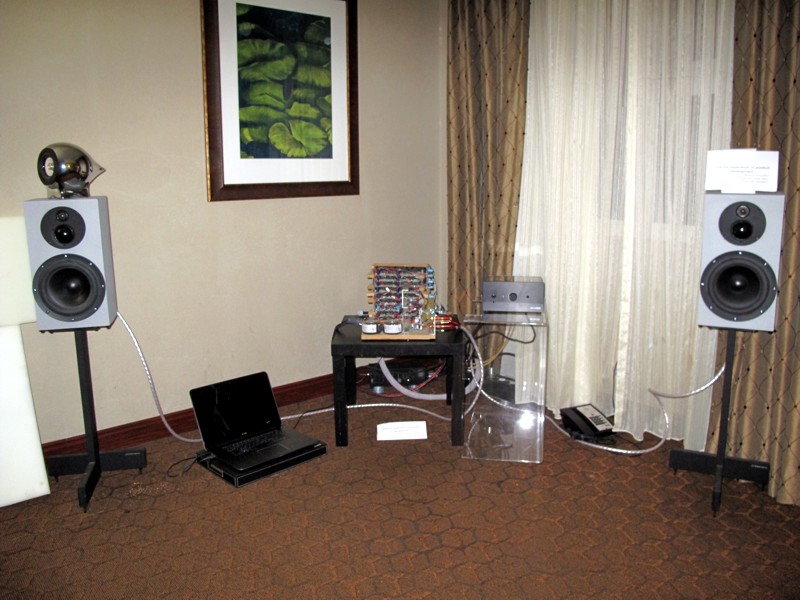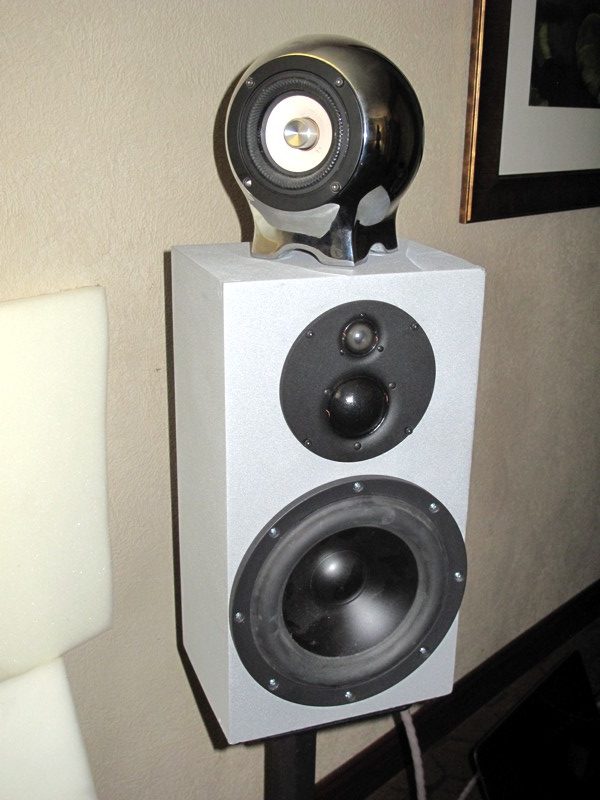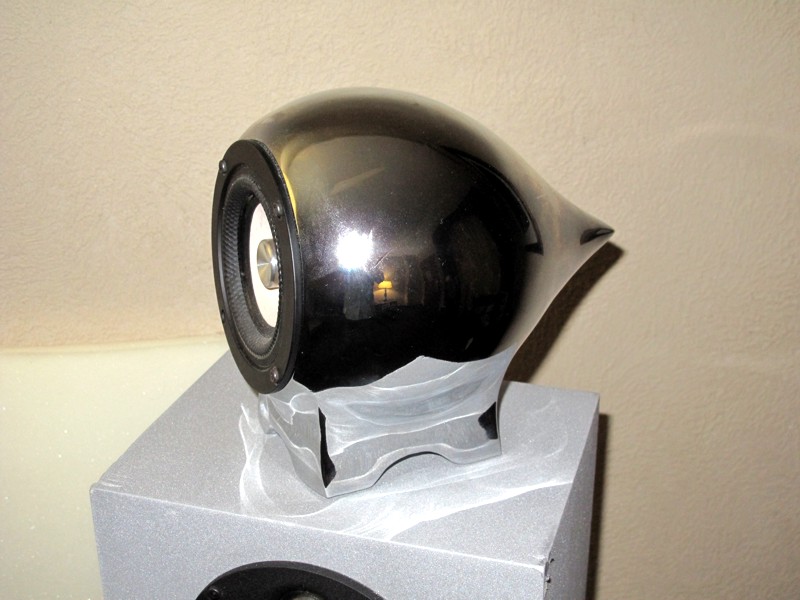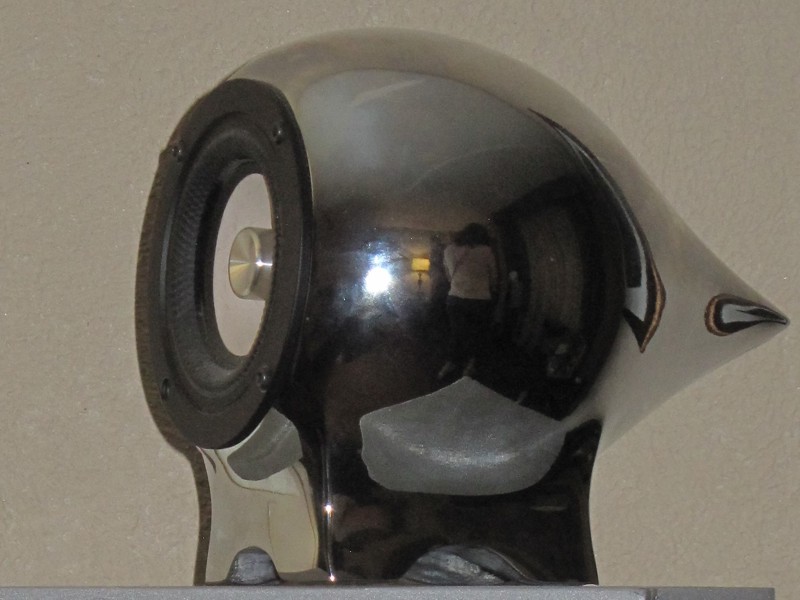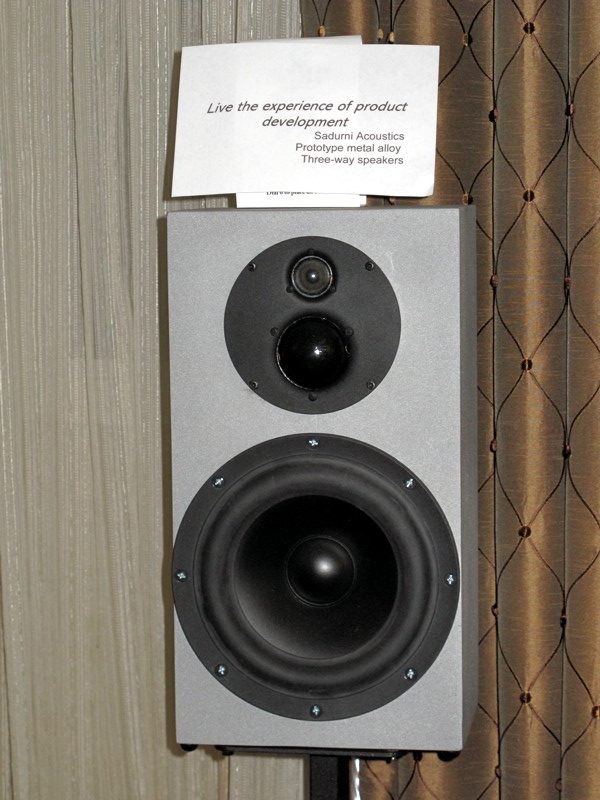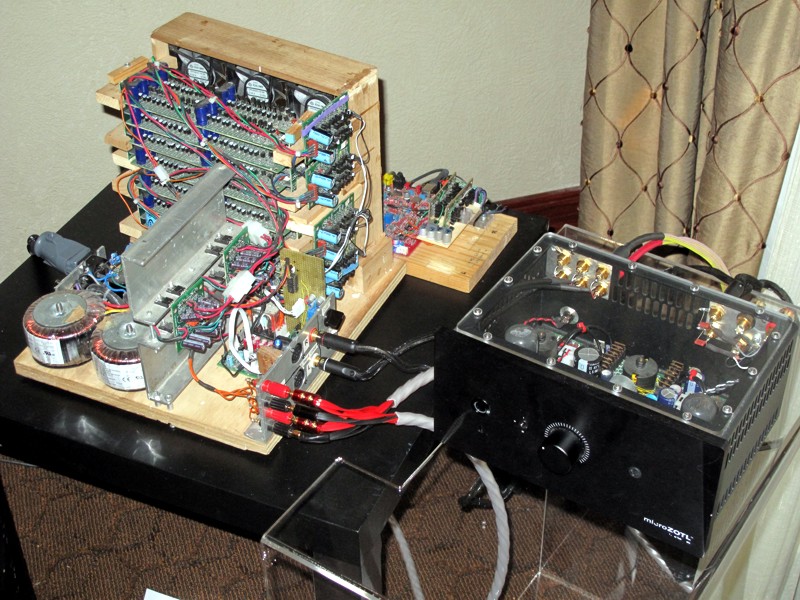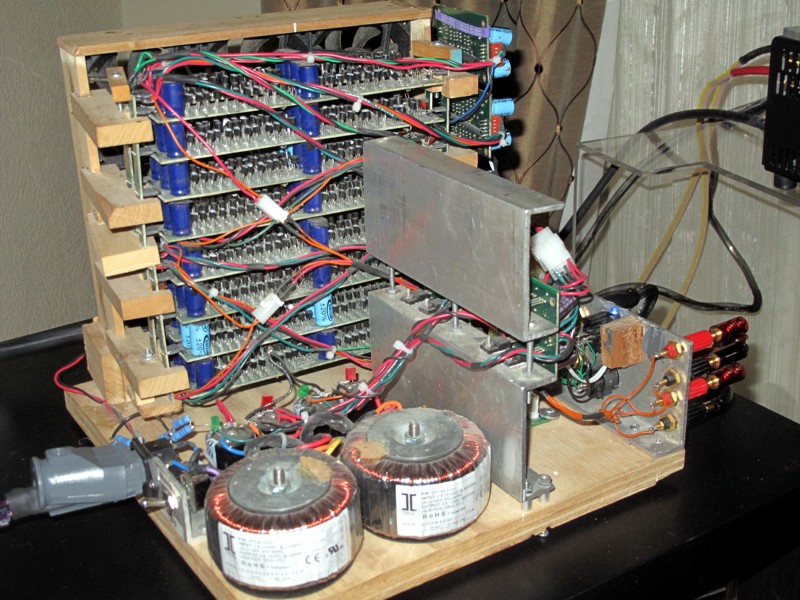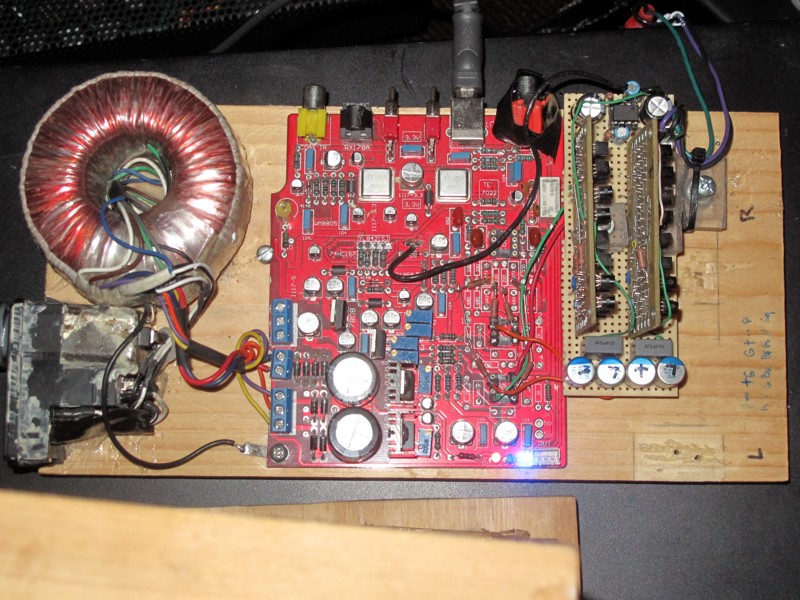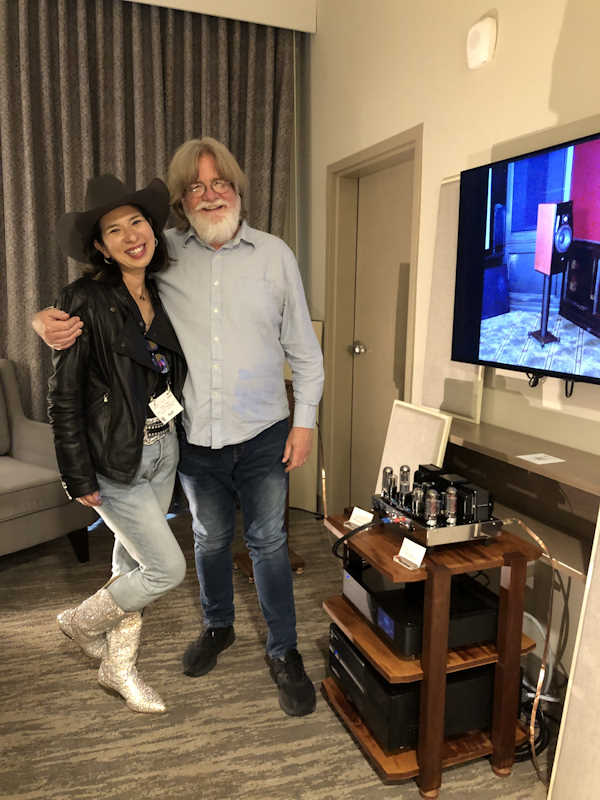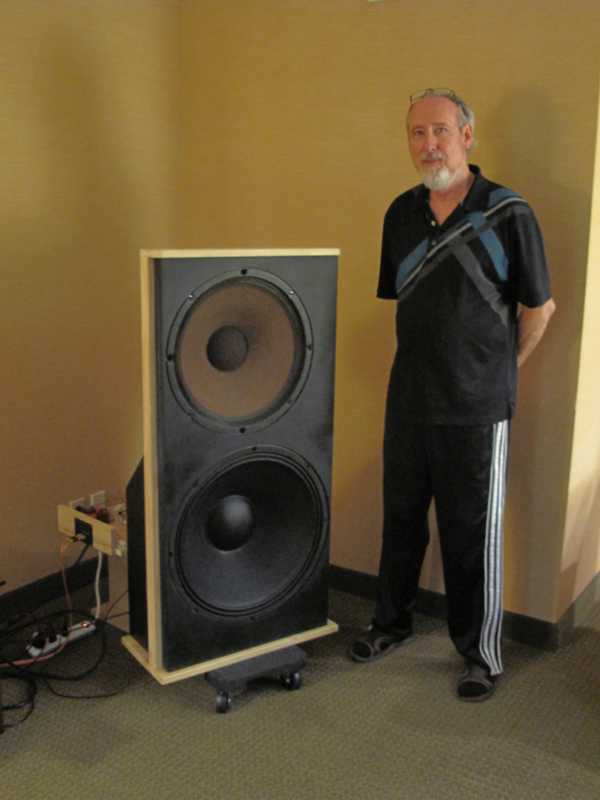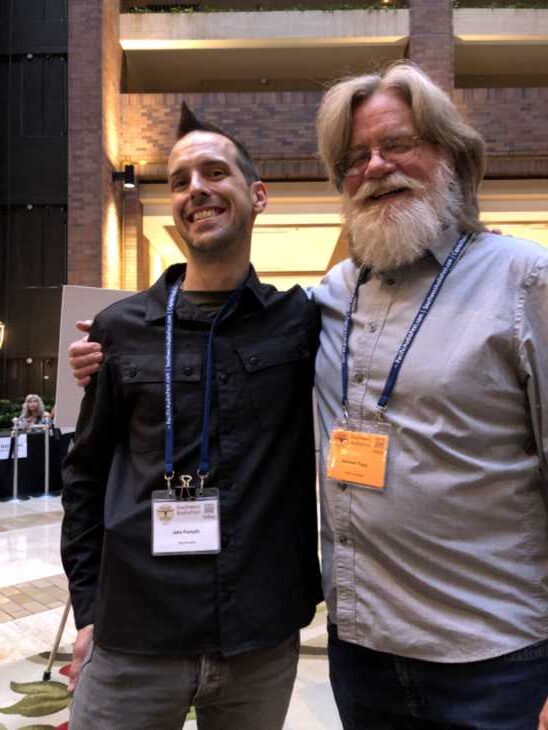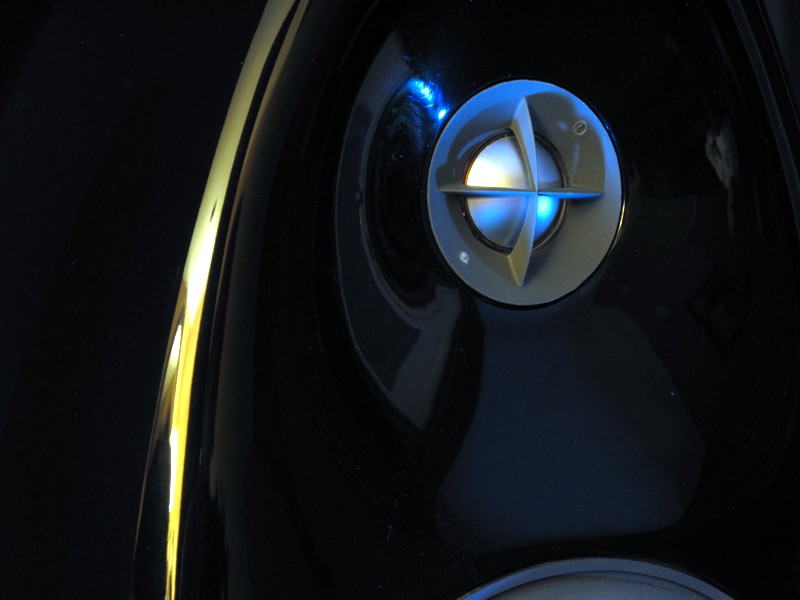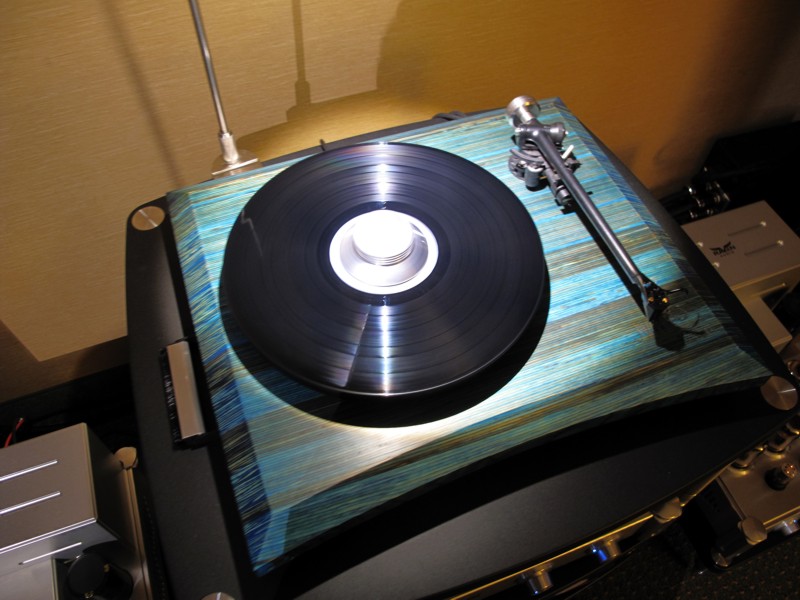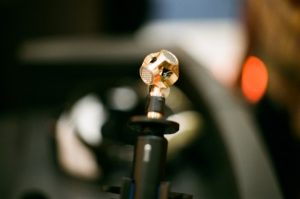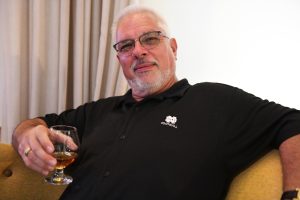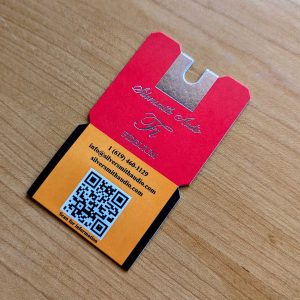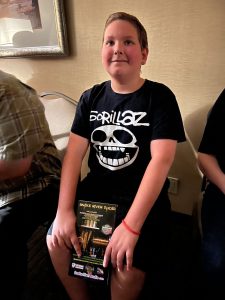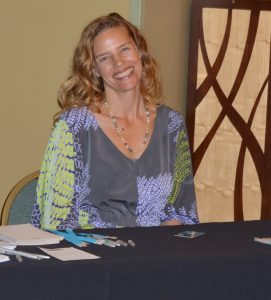Lone Star Audio Fest held in Dallas, Texas, the weekend of June 2-4, 2023, was a big success. LSAF had been on hiatus since 2019, so it was with some trepidation that we awaited the reboot at a new hotel. As the exhibitor list filled and then the date arrived when we began to fill the suites on the second-floor, worries were replaced with enthusiasm and energy. LSAF is known for its manageable size, low cost of exhibitor entry, and most of all, high levels of fun and comradery enjoyed by exhibitors and attendees alike. Sixteen exhibitors made for a good size at a regional show, and attendees could linger during auditions and still see and hear everything. The HiFi goodies on display ranged from prototypes straight off the lab bench to major products currently defining the state-of-the-art.
A disclaimer about your author's bias. At LSAF weekends I cover three roles, event organization volunteer, exhibitor, and for this report, journalist. Thus, to avoid any appearances of conflict of interest, I will not comment on my room's sound, limiting to just a description of the products offered. I do report on others' sound, a job made enjoyable by the uniformly high-quality results obtained by this group of seasoned practitioners of the art. And now onto the report in room number order.
Derek Skipworth of Audio Thesis
As USA distributor for Rosso Fiorentino speakers Derek ‘Skip' Skipworth's Audio Thesis (www.audiothesis.com/) room featured the brand front and center. Certaldo model speakers at $10,000 were sounding and looking magnificent in a daring grey reptile leather finish.
Continuing the Italian theme, another Audio Thesis distributed brand is Norma electronics, whose 75wpc integrated the HS-IPA1 at $4000 powered the system with ease. Skip likes to demo the HS-IPA1 with the cover off; he is proud of how much power supply and wide bandwidth class A/B amplifier Norma fits into this half-width solution. The Silent Angel Munich M1 for $1599 acted as the digital streaming source. AudioQuest provided the cabling and power conditioning. Skip's consummate setup skills and deep experience curating systems slam dunks the sound quality at every LSAF.
The Italian duo of Rosso Fiorentino and Norma delivered music with refinement, tremendous detail, and tonal fidelity. Visually this system presented an understated elegance, ready to fit into the most carefully decorated homes. I have a special enthusiasm for systems like this one delivering sound this good while sized and styled to be welcomed into homes' living rooms for the entire family to enjoy.
Richard Hollis of Hollis Audio Labs and Al Clark of Danville Signal
Hollis Audio Labs' (www.facebook.com/HollisAudioLabs or www.audiocircle.com/index.php?board=71.0) demo system featured HAL Magnetar II planar baffles atop open baffle bass system loaded with three 12" GR Research servo subs. The speaker system crossover and system control were Danville Signal's dspNexus 2x8 DSP Audio Processor.
Bi-amplified speakers powered by Orchard Audio Starkrimson amps direct driving the Radian Audio LM10n planar drivers and dedicated Rythmik Audio servo amps on bass towers. Music was sourced via a NIC computer feeding Qobuz digits into the dspNexus.
Richard Hollis had his demo system setup for nearfield listening optimized at a single listening seat. The speakers had a wider than normal angle that when combined with the nearfield listing position yielded a holographic soundstage.
Thanks to Qobuz one of my favorite albums for hi-fi evaluation and musical enjoyment Ahmad Jamal Live In Marciac, August 5th 2014 was queued up. Hollis' system completely detached the soundstage from any indication of the towers of drivers as sources, rather a wide deep arc of music appeared conjured from the ether. Note I use the term for its literary meaning, as no volatile chemicals were in evidence. The next impression was of extreme transparency and transient "snap," no doubt helped by the direct connection of amplifier to the planar driver afforded by the HAL system's architecture using the dspNexus to achieve DSP accurate bi-amplification.
About that planar driver and DSP processor: The Radian Audio LM10n planar driver is relatively new to market, this was our first opportunity to hear it in action. It was superb, immediately obvious as a state-of-the-art transducer. Before the demo Al Clark was showing us around his dspNexus 2x8 DSP Audio Processor, especially proud that despite the AKM factory fire his deep stocks of AKM DACs allowed it to feature the AK4499 DACs ready for production now that AKM is back online. Clark's decades of experience audio circuit design and musical fruits of his allegiance to AKM were fully in evidence in the sonic results obtained.
Wrapping up describing the HAL system—what about the bass? Due to the audiophile circles I travel in, I have heard multiple systems in multiple rooms featuring the GR Research open baffle servo bass system. Thanks I suspect to the dspNexus, the integration between the GR bass towers and planar was the best I have experienced. Seamless, with an extra snap as music transitioned across the bass to mid treble elements, one of those effects one did not notice missing until it was achieved.
I believe one of the draws for audiophiles and music lovers to events like LSAF is to hear advanced complex systems that stage an assault on the state-of-the-art of music reproduction. Mission accomplished for HAL and Danville Signal. As an added bonus, no locking of astronauts out of pod bay doors or memory core deactivations were required in the HAL room as the weekend progressed.
205 Barry Thornton of Austin Audioworks
Barry Thornton (austinaudioworks.com) returned to LSAF for 2023 with his very fine "The Black Amp" headphone amplifiers, "The Black Swan" phono stage, and a surprise in another room we will get to later.
Barry Thornton of Austin Audioworks
The Audeze LCD-X and classic Technics SP-10 turntable at each end of the demo system certainly allowed the quality of Thornton's design chops to shine.
Barry's thing is noise, specifically the elimination of it. The Black Swan and Amp deliver a crystal clear detailed organic sound to one's favorite headphones. At pricing that can be considered mid-tier in the current high-end audio market, Austin Audioworks delivers sound approaching state-of-the-art.
Bryan Miller of Miller Audio LLC
A personal highlight from LSAF 2023 was hanging out after hours with Bryan Miller, who was exhibiting his Miller Audio mods and parts centered around the classic Dynaco amplifiers. The demo system in Bryan's room featured GR NX-Studio speakers and sealed servo sub courtesy of Michael Lundy's Uilleam Audio. Sources included laptop-based music server running JRiver, CD player (a 5-disk changer kicking it old-school!), into a AKITIKA PR102 preamp, and then on to the featured attraction: a Dyna 70 equipped with the Miller Audio LLC (www.milleraudiollc.com) goodies.
I was initially surprised that Bryan's amps did not look 40+ years old—where's the rust? He informed me that the Dynaco ecosystem is such that new production chassis, transformers, and other parts are available sufficient that these are in fact new production amplifiers combining the classic Dyna 70 architecture with his new design circuits. Speaking of the architecture: seeing it in person, I was quite taken with the compact size of the Dyna 70. In a time when some segments of the hi-fi amplifier market are engaged in an arms race, making amps ever larger and heavier, it was refreshing to find a tube amp that doesn't require a crew of piano movers to install.
The sound Bryan and Michael achieved personified everything one looks for when going tube. The classic warmth and accurate bloom of the type, along with the modern accuracy I attribute to Bryan Miller's circuit. For those of us who followed the writings of the late Harvey "Gizmo" Rosenberg of Julius Futterman OTL and NYAL fame, Bryan's switch to big bold 6SN7s in his new circuit gets marks in the plus column. Gizmo lauded the tonal qualities of the 6Sx7 family over the later smaller 12AX7s, a promise Bryan's design fulfills. Bryan's circuit also upgrades and stabilizes the biasing system with fixed or auto-bias options and, as seen in the photo above, uses latest audio specific parts like Mundorf MCaps. This was a system that led the listener to just relax and enjoy.
Supreme Sound and Music
Members of the Supreme Sound and Music Facebook group were having way too much fun in room 209. The low entry cost of LSAF encourages such goings on with enthusiasts setting up a system along with a cooler to just hang out enjoy music and company of fellow music and HiFi lovers. Their KEF LS50, T+A Powerplant, and iFi DAC was an exemplar of just how good a compact attainable system can sound in 2023.
The T+A in use made a good argument for using a really capable power amp driving well designed yet affordable speakers. Sharing a beer with the Supreme Sound crew they took turns using the iFi's Bluetooth receiver to send music from their phones to the system. The HiFi, brews and company were all excellent.
John Semrad of Semrad Audio
The master cabinet maker skills of John Semrad were on display in the Semrad Audio Speaker (www.semradaudio.com) system.
The solid wood handmade horns are designed around German Super Aero 9 field coil drivers by Oleg Rullit. The Super Aero 9 uses 100 volt field coil drive rather than lower voltages some other modern field coil drivers use a critical detail as John finds the high voltage magnet energizer sounds better.
John's skills crafting wood resulted in design, fit, and finish essentially beyond reproach; photos only begin to do justice to the in person beauty of these crafted objects. Semrad used the legendary master Jean Michel Le Cleach's horn expansion profile for the 4 foot square horn.
John's personal system using Micro Seiki turntable with custom plinth, Allnic H-1202 phono preamp, into 6A3 amps built by John Semrad, with Davin attenuators controlling listening levels. A golden age Denon CD player stood by; whenever I visited, it was idle in favor of 100% analog.
The sound in the Semrad Audio demo is an example of why one goes down the triodes, horns, and field coil drivers rabbit hole. Electric arc fast transits, juicy tone, and analog lushness for days. The Semrad Audio horns exhibited the effortlessness that is a hallmark of large format horn systems with both jazz quartets and large force classical material. Taking it a step further the system possessed a coherent transparency and immediacy I attribute to the state-of-the-art drivers sited in a horn designed specifically to their considerable strengths. This is a system that makes strong visual and aural statements.
Michael Lundy of Uilleam Audio
Uilleam Audio (uilleamaudio.com and www.audiocircle.com/index.php?topic=164355.0) is primarily engaged in building custom loudspeaker systems featuring Michael Lundy's advanced woodworking skills. His wife Laurie is an accomplished leather craftsperson, and her handcrafted headphone and accessories bags were also on display.
Michael's commissions are often based on the designs of GR Research. In addition, Michael will build any speaker design the client has obtained IP rights to. As previously mentioned, the GR NX-Studio speakers and sealed servo sub in the Miller Audio room were Michael's handiwork. The NX-Studios were finished in an oak burl with purple heart border inlay and black baffles. The custom stands for the NX-Studios are also by Uilleam Audio: this set in Paduk solid hardwood with hand rubbed oil finish.
The demo system in Uilleam Audio's room was considerably more complex. It was based on the GR NX-Otica modified for use in smaller rooms. Specifically, the NX-Otica like the NX-Treme is a four-column open baffle dipole architecture. A pair of towers handles mid-bass through highs, with a pair of servo-controlled open baffle woofer towers filling in the bass. For use in smaller rooms, the Uilleam Audio variation of NX-Otica deletes four 6.5" woofers per side, keeping the top MTM satellite. The 6" woofers are hardly missed as the MTM module is placed atop the 12" servo woofers for an elegant two piece stack.
Like the other NX tower systems, it is bi-amplified with dedicated servo amps for the dual 12" servo woofers per channel, and the owners' choice of amplifiers on the MTMs. Michael's choice for electronics in the demo system was a full rack of PS Audio, including BHK Signature preamp, M1200 power amps, PerfectWave SACD player, and DirectStream DAC MK2. AC power for the front end was a PS P3 regenerator and Pi Audio Uberbuss on power amps. The room was extensively treated with acoustic diffraction and absorption, the result being as good as a hotel suite can be made to sound.
The sound of the Uilleam NX-Otica has all the audiophile goodies. The bass combining dipole radiation with servo control is fast, tight, and clean, while capable of great power. An acoustic bass in a jazz trio sounds so present and woody, then chameleon-like, the pipe organ of Copland's Organ Symphony is huge and majestic. The MTM array is fully up to the task of the upper bass through highs. The designed for dipole use mid-woofers are uncolored and transparent, melding with the wave-guide-loaded planar tweeter for a very dynamic and uncolored reproduction. Danny Richie's crossover demonstrates mastery of the intricacies of stereo imaging allow a full symphony orchestra to appear in uncanny width and depth and unattenuated power. Switch to Joni Mitchel, and there she appears with her guitar and A-list sidemen as images in space completely disassociated from the speaker towers. Aspirational complex systems assaulting the state-of-the-art combining this level power, bandwidth, and subtle finesse are what hi-fi show attendees want to experience, and Uilleam Audio delivers.
Norman Tracy and Paul Stover of PureArtFi and Audio Crafters Guild
PureArtFi (pureartfi.com), a new speaker company by Paul Stover and Norman Tracy (this article's author), was introduced at LSAF 2023. PureArtFi's LS-6 is the initial offering, a stand mount monitor combining state-of-the-art music reproduction with bespoke artisan quality woodwork and finishes.
For 25+ years Paul Stover's Colorado based shop has provided architectural woodworks and bespoke furniture for the ultra-high-end Aspen homebuilding market. His woodworking skills set is where craft crosses the line into art supported by his shop filled with a collection of fine-tuned factory grade machines and hand tools.
Norman Tracy's contribution comes from decades of speaker designs in parallel with a career in electrical engineering. Specific to the LS-6, in January of 2020 I was an early adopter of the loudspeaker drivers from Purifi (purifi-audio.com). As independent labs verify, Purifi's R&D efforts resulted in the lowest distortion most powerful midwoofers presently available. Three years of prototypes and searching for tweeters to keep up resulted in the LS-6. The learnings of that effort revealed that with such a low distortion yet powerful woofer, massive overbuilt enclosures with constrained layer damping and 15 pounds of limp mass damping are needed to allow the Purifi driver to really shine. An inch and a half solid walnut front baffle anchors the woofer against its own reaction forces. CNC carved and hand finished into the baffle is the wave guide into which the planar tweeter is sited. Unseen complications inside the enclosure include large damped chamber catching the tweeter's back wave, and crossovers damped and potted in epoxy. The boxes in the enclosure into which the crossovers and limp mass damping elements are loaded are shaped to breakup internal standing waves. Bass alignment is by dual rear mounted Purifi passive radiators, unlocking the flat-to-30Hz potential of the woofer. The stands are an integral part of the LS-6 system including binding posts and vibration control interfaces between speaker/stand and stand/floor interfaces.
For our LSAF demo we brought two pair of LS-6, each highlighting Paul's artistry with wood. The active pair guests heard finished-in-highest-grade walnut burl veneer with multilayer hand rubbed oil finish on veneer and solid walnut baffle. The second pair also featured solid walnut baffles with the enclosure veneer solid 1/8"-thick shop-sawn spalted hackberry applied to both inner and outer surfaces. This technique balances the panels yielding the beauty and tone of hardwoods with the dimensional stability of MDF. An Italian furniture finish provided long term protection to the hackberry, while looking and feeling like naked wood. With Paul's capabilities and sourcing contacts, the LS-6 can be ordered in essentially any wood and finish the customer desires.
The demo system was powered by a stack of ACG electronics including an R2R DAC based on Soekris ApS technology, the ACG NTFET preamp with NUTUBE and FETs, and ACG 1000 mk III stereo power amp.
Infigo Audio by Hans & Mathilda Looman, with Calvin Johnson
Calvin Johnson is a LSAF regular, Dallas attorney, and always enthusiastic music lover and audiophile. At the last LSAF in 2019 Calvin's room had a killer good tube-based system I was looking forward to hearing again. During LSAF's off years, I heard that Calvin's new find is a high end audio electronics company, Infigo Audio, using 100% solid state. My disappointment at missing the previous tube gear completely disappeared as soon as I stepped into the Infigo Audio room at LSAF 2023.
Initial impressions were favorable: great sound, and absolutely stunning design and build quality. The removeable metal top panels were off, allowing the Method 4 DAC and Method 6 stereo amplifier interior layouts and circuitry to be inspected. I met the Infigo Audio principals, the husband-and-wife team Hans and Mathilda Looman. Soon Hans and I were into an electrical engineer's geek-out session, as I alternated circuit questions with effusive praise over the design details evident. Hans' answers and descriptions of his circuit designs and professional background only served to stoke enthusiasm for Infigo's offerings.
Finally cutting off the engineering discussions, we settled in for a listen on the Rosso Fiorentino Volterra ($17,500) speakers, courtesy Derek Skipworth of Audio Thesis. This is exquisite sound at the present state of the art. By current inflated standards, both the Infigo electronics and Volterra speakers are quite manageably sized to actually fit in real rooms. The sound is anything but "manageable"—rather it's big, bold, saturated, dynamic, with wide bandwidth, and as transparent as crystal.
During my return visit Calvin played "What a Little Moonlight Can Do" by Cécile McLorin Salvant from her Woman Child album. Wow, thanks Calvin for the introduction to this amazing artist! The Infigo + Volterra system handled Cécile's vocal gymnastics with ease, reproducing her amazing instrument with tonal lushness and beautifully figured detail. During this song's bridge, Cécile steps back, letting her pianist solo. He plays machine-gun fast runs, during which I was struck with the way the amps kept each note flashing past, individually delineated, while honoring the seemingly super-human speed at which they are played. Very impressive. The Infigo electronics gave every impression the lucky owner would be rewarded with continuing musical thrills and insights into one's favorite music.
Porter Edwards of J Porter Studios
Designer Porter Edwards refers to his products as "Boutique Speakers handmade in Austin," quite appropriate for debuting at a Texas based show. LSAF has always been friendly to startups, and from what I saw and heard we have another bright young designer here.
Each set of J Porter Studios speaker is custom made with the client's options configured on the studio's website (jporterstudios.com). The speaker being demoed is the "Waterloo Signature Loudspeaker Series 2023" featuring unique faceted enclosures housing a 3-way self-powered speaker with NCORE DSP crossovers and amps built in.
Porter explained bass loading is a folded transmission line. Looking at the relatively compact angled enclosure, I was very impressed with his design and manufacturing chops to achieve all that in a well-finished room-friendly footprint. Also impressive are build details like the finely-finished Birch ply waveguide and beveled edges.
Sound of the Waterloo Signature was neutral with the directness and transparency that comes with active crossovers and multi-amplification The transparency was evident as Porter switched between digital and analog source material the speakers making the analog vs digital difference quite apparent. The beyond-classic A Love Supreme by John Coltrane played on the Waterloo Signature was simply sublime, switching this listener out of analytic mode and into appreciation of the high art being presented.
Dave Thomson and James Connell of Raven Audio
Raven Audio (ravenaudio.com) took two rooms, hosted by company principals Dave Thomson and James Connell. James' room featured the Avian Series amplifiers.
On static display was a special edition of the Osprey Mk 3.1 in a stunning black faceplate with gloss red chassis. James explained only a couple of these were built each year, with upgraded internal components representing the ultimate expression of the Avians. The icing on the cake is the specially curated NOS tube set installed. Raven Audio prides themselves on this service enabled by their deep stocks of tubes and product familiarity.
Common to each of the three Avian models Nighthawk, Blackhawk, and Osprey, is the use of 6L6 output tubes. Long favored by musicians for their luscious tone, every generation and model of the Ravin Audio Avian series I have ever heard just sounds so right and good. This is a great place for the music-loving audiophile to land.
With the third-generation Avians, a unique feature in tube integrated amps was added: a subwoofer output and filter capability. When a subwoofer is added, the low bass is directed to the sub and rolled off from the tube amps, increasing headroom and lowering distortion. This was the configuration James used in the room's demo system, with a black and silver Osprey Mk 3.1 amplifier, Raven Audio Corvus Reference Monitors, and SVS subwoofer.
Cabling in both rooms was of course 100% Raven's high-performance high-value in all connections.
As we have come to expect, the sound from the Avian-Series-anchored system was an exemplar of tube sound. Tone, tone, and tone for miles, while also featuring modern transparency and lack of coloration. The Corvus speakers once again lived up to their "monitor" label, exhibiting all the positives that implies as we heard deep into the music the artists' intent, explicitly revealed, while never exhibiting a hint of harshness.
The second Raven Audio room, hosted by company founders Dave & Gabrella Thomson, featured the Elite Series.
Here, the Reflection MK3 integrated amp drove another pair of Corvus Reference Monitors with stereo SVS subs.
Also in the rack was an Elite preamp, in use for its phono section.
That phono stage points to the news breaking at LSAF 2023 from Raven Audio that the turntable in use was a near-production-ready Raven Audio model. The sleek aluminum and wood table sounded appropriately lush spinning Natalie Cole's Unforgettable LP. Dave Thomson explained Raven Audio is partnering with SOTA Turntables for this project. Settling in to enjoy the lush sound of Raven Audio tubes + analog, the experience lived up to the "Elite" promise.
Steven Solazzo of Stereo Clarity
The Stereo Clarity room was built on a foundation of extensive acoustic treatments to showcase the Athena 4 speakers.
Stereo Clarity
Athena 4 is a passive + active hybrid tower; the upper passive section two 4" ceramic drivers flanked by a horn loaded ribbon. The Lower cabinet contains a powered 10" ported subwoofer.
Steven's amplifier is definitely new and unique. This 4-channel amp boasts 2000w X 2 (used for subwoofers in his home theater), and also 250w X 2 powering the Athena 4's upper sections. The amp also has an onboard DSP unit with a DAC. The amp can accept RCA, USB, and also is ChromeCast-equipped, enabling casting lossless audio from Tidal or similar applications.
Pete Millett of Pete Millett's DIY Audio, David Flores of Landfall Systems, and Raymond Koontz of Arcturus Audio
It was great having Pete Millett and friends back at Lone Star Audio Fest. Their room was a triode toy store of exotic goodies.
Millett and friend's creations reflect both superlative electrical engineering skills and a design aesthetic that has lingered long in the Land Of the Triodes (and the occasional pentode). Some of Pete's designs are shared with the DIY community via his web site (pmillett.com), others in production products as collaborations with some very serious players in the tube Hi-Fi space. This room was a team effort featuring products by Arcturus Audio (TubesUSA.com) and Landfall Systems (landfallsystems.com). Arcturus Audio products are collaborations between Arcturus' George Lenz, Raymond Koontz, and Pete. Landfall Systems is run by David Flores and his partner Saer Ford, providing high-quality machined aluminum enclosures for DIY and small production run boutique Hi-Fi electronics. Such enclosures are a niche where others have come and gone; I was pleased and impressed they are still at it with a minimalist elegant solid customizable system. Flores and Ford are systems integration engineers by day, so the skill sets to make this side hustle a quality endeavor are certainly present.
Checking out the room's demo system, my eyes were initially drawn to Koontz's hot-rodded RekOKut turntable in a massive custom plinth. The drive unit restoration is so fine it looks like new production.
Turning to actual production items, the news was the introduction of two Arcturus Audio tube phono stages. The Anavasi is RIAA-only, with MM and MC gain options transformer coupled. The Arcturus Deco model featuring low noise high mu tubes and extensive EQ adjustment options for modern, pre-RIAA, and 78 discs was playing very nicely with the RekOKut.
From there the signals are off to an Apex Pinnacle 2 SET preamp and headphone amp (also a Pete Millett design sold by Todd Green at TTVJ) driving one of Pete's custom 300B PP amps.
Speakers keeping with the triode aesthetic featured whizzer-coned Tang Band wide-range drivers, RAAL ribbon tweeters, and a crossover proudly displayed and apparently being tweaked in real time as is the custom of unrestrained engineers. When needed, digital playback courtesy Oppo and Denafrips.
The sound of the Millett & Team room is what one would expect if familiar with the triode aesthetic of Hi-Fi. Speed, transparency, and timbres with layer upon layer of tonal detail delineating instruments and vocals' subtle textures. Exquisite, this reproduction prioritizes teasing out the emotional impact and beauty of the music over the last Nth degree of slamming bass and zinging highs.
Johan VanZyl of VanZyl Audio
A LSAF regular since at least 2010, a consistent feature of Johan VanZyl's speaker designs (vanzylaudio.com) are the use of horn loading. Newly designed for 2023 is what Johan referred to as his "small room system" consisting of the Alpine 100 horn speakers and BB-10 horn subwoofer.
Power was provided by 2A3 amps on the mains and a plate amp for sub. The source was a smart TV running streaming app output via Toslink optical to Grant Tube-DAC II preamp.
The Alpine 100 horn speakers have the immediacy and coherence one expects from a triode-driven wide-band single driver speaker. The VanZyl touch comes from properly horn-loading the drivers' back wave, which gives it a powerful, fast, and impactful midbass that is typically missing from this class of high efficiency 6" to 7" driver. It is impressive the audible result obtained from a design as elegantly simple as the Alpine 100. This is something I attribute to Johan's long experience with the back horn configuration.
The system built on that strength as the bass descended to the regions covered by the subwoofer. The BB-10 looks like so many other subs, a black box with a woofer. It does not work or sound like those other subs. Like his 1812 speaker, the BB-10 acts as a horn starting in the box that is placed in the room to allow the room's corner and walls to take over the horns' expansion. The result is the fast, tight, effortless bass that is a hallmark of horn loading without the enormous enclosures typically required. The only photo I have of the BB-10 is photo bombed by George Sadurni and Barry Thornton as they joined our after-hours listening session. This is useful both to show how small the BB-10 is for a horn sub, and by their expressions—the typical reaction to Johan VanZyl's take on horn-loaded HiFi. Horns are fun.
Johan plans versions of the BB subs using 12" and 15" drivers. Audiophiles on the quest for music that is impactful and tuneful should contact Johan VanZyl at VanZyl Audio.
George Sadurni of Sadurni Acoustics
The Sadurni Acoustics room was quite intriguing, thanks to being awash in interesting prototypes, both speakers and electronics. The speakers from Sadurni and electronics came from Barry Thornton's (austinaudioworks.com) fertile mind.
With this high level of music reproduction coming out of protos, it begs the question as to just how much better will the production units be? A space to watch. Sadurni Acoustics' contributions included their Droplet full range micro and a more conventional three way, both developing use of a special alloy for metal enclosures said to dissipate vibrations. The cast speakers at LSAF are a new addition to the larger horn speakers that founded Sadurni Acoustics.
I did not hear the Droplets, but I admired their styling and chrome-finished take on the ball speaker genre.
Listening to the three-way was impressive. It possesses the traits I associate with "beyond-MDF" enclosure materials. Specifically, a very solid bass that seems more capable than the compact enclosure implies. Other sonic traits demonstrated were excellent transparency (a.k.a. low apparent distortion) and added transient snap.
Of course, such sonic judgements came after getting over the shock of the mad scientist power amp in use. In fact both the DAC & amplifier were Barry Thornton's designs. The amplifier design makes use of hundreds of fast linear small signal transistors paralleled to replace a conventional designs' few large power transistors. Fans running slow and quietly moved air over the hundreds of transistors keeping them alive while powering the speakers.
Stacked three-dimensional construction keeps signal paths short, yielding a wild hand-built look only a fellow electronics geek can fully appreciate. Hand soldering all those parts, and having a working circuit in the end, is akin to manually weaving a Persian carpet!
Tucked around behind the amp was Thornton's unique DAC circuit feeding the microZOTL preamp and then onto the amp.
Barry has let these highly unique, and quite good-sounding, designs out of his lab to judge interest among possible partners for further development. Listening to George Sadurni's and Barry Thornton's prototypes left one very curious to further investigate Sadurni Acoustics' and Austin Audioworks' production products.
All photographs by Norman Tracy.




